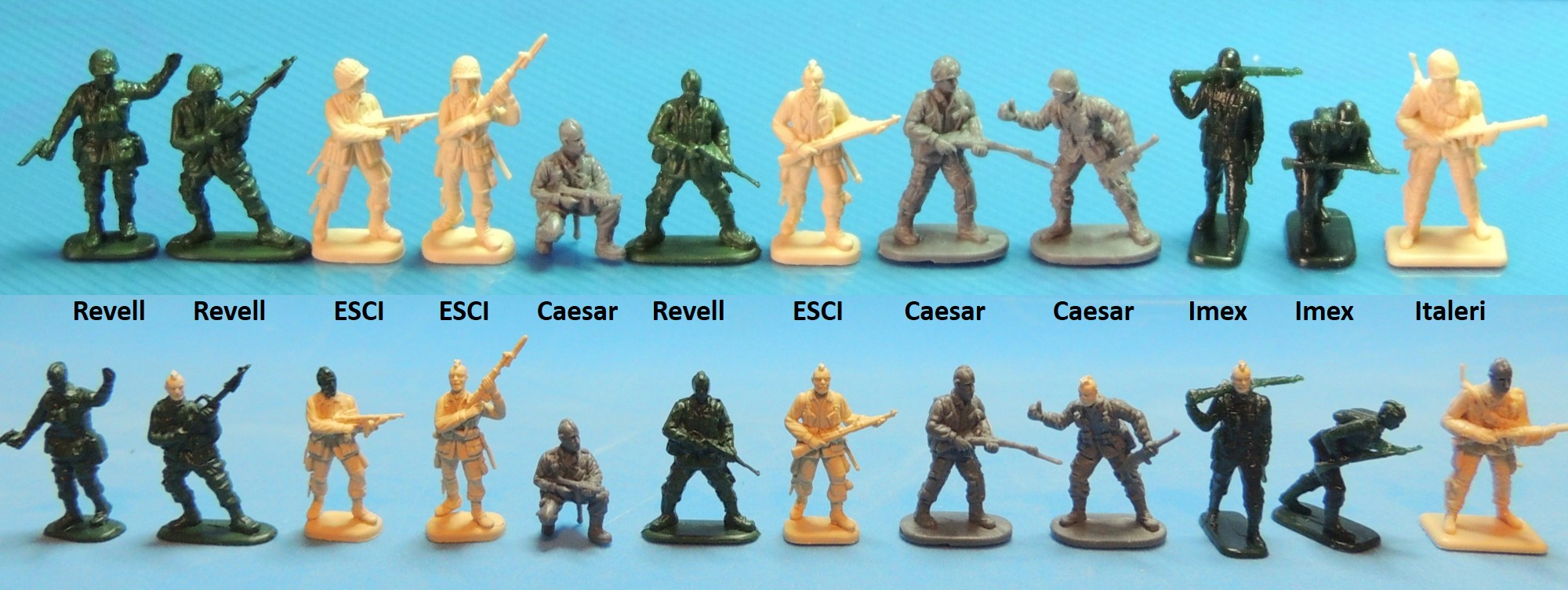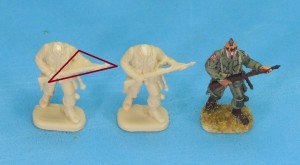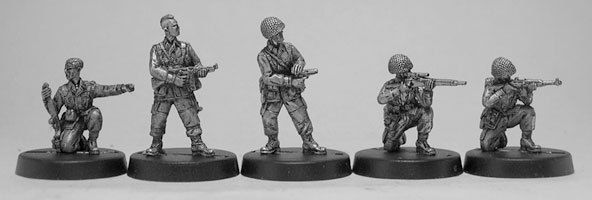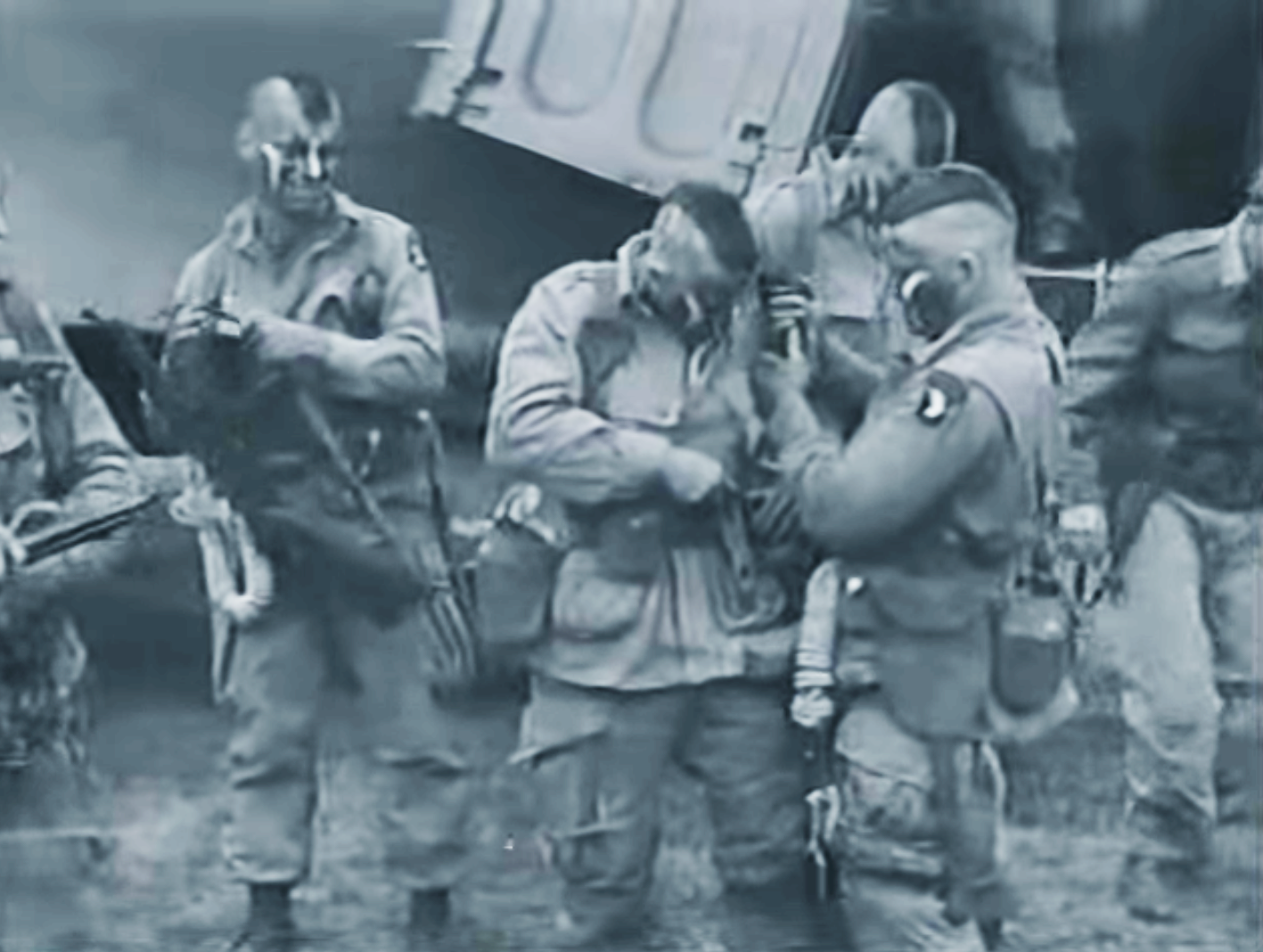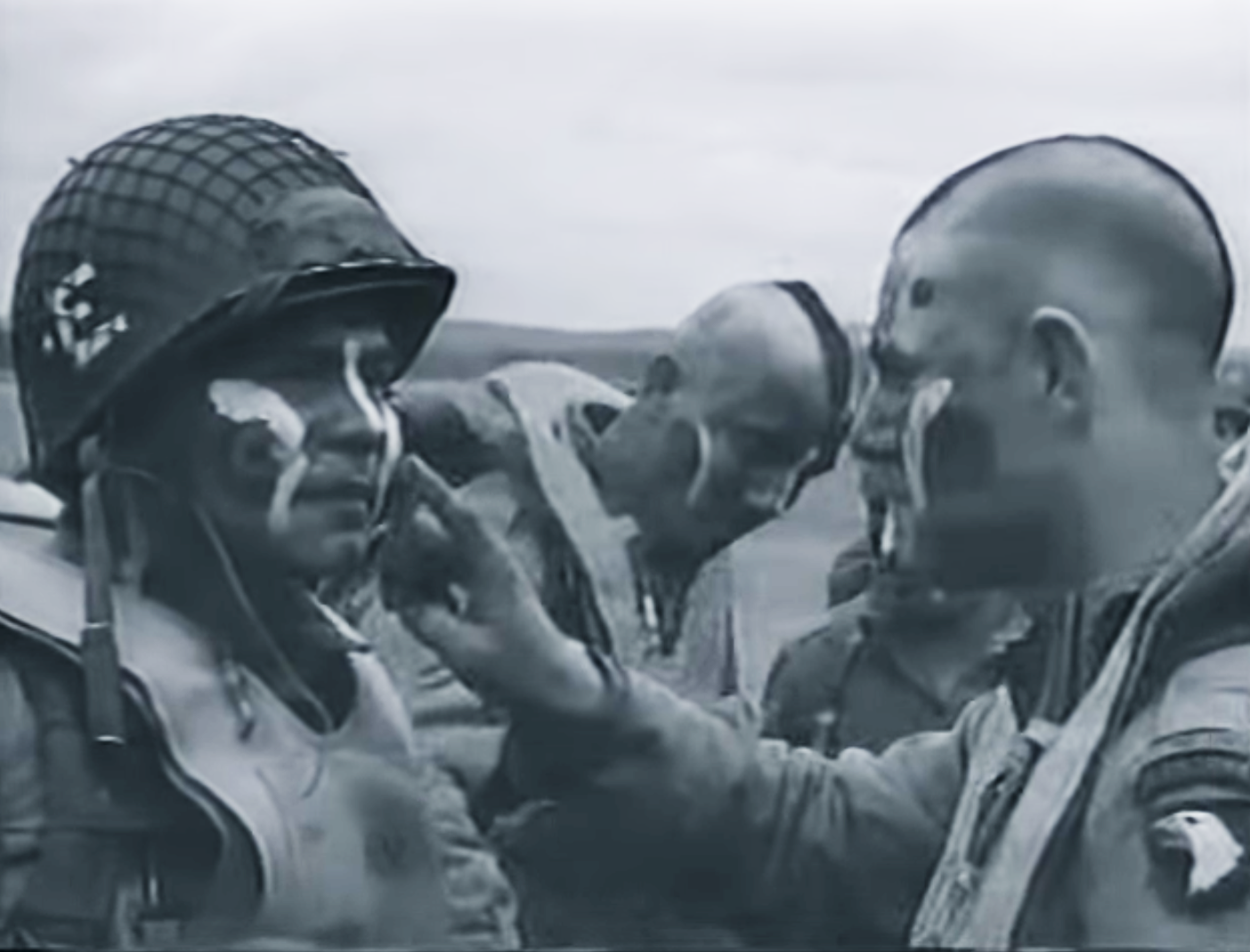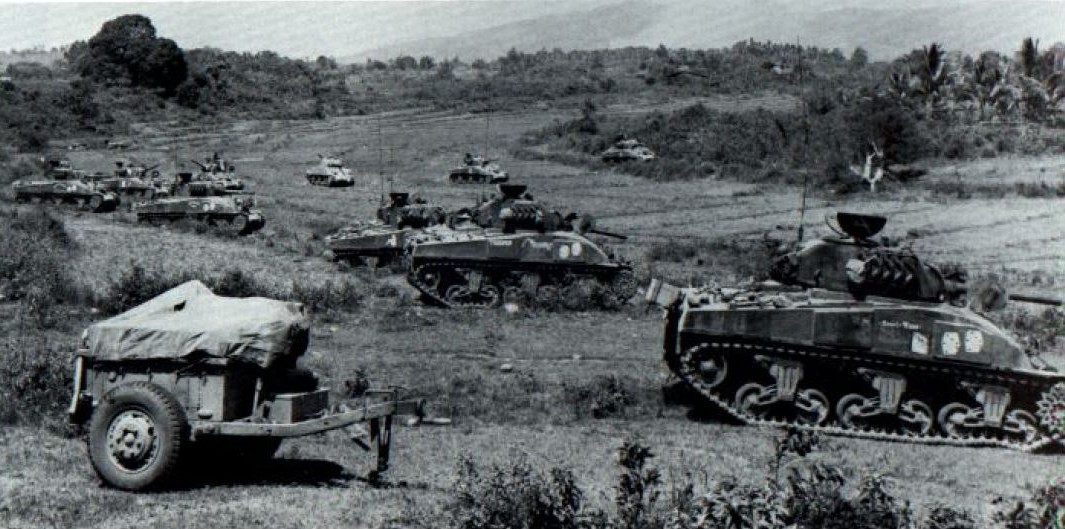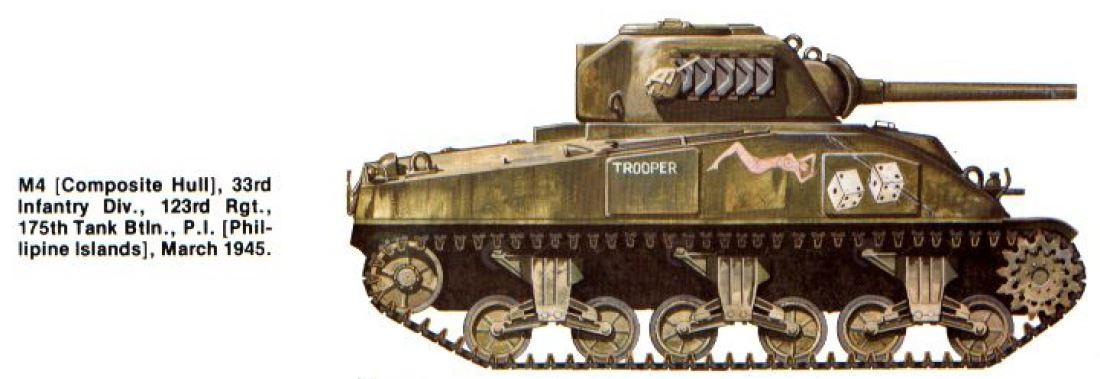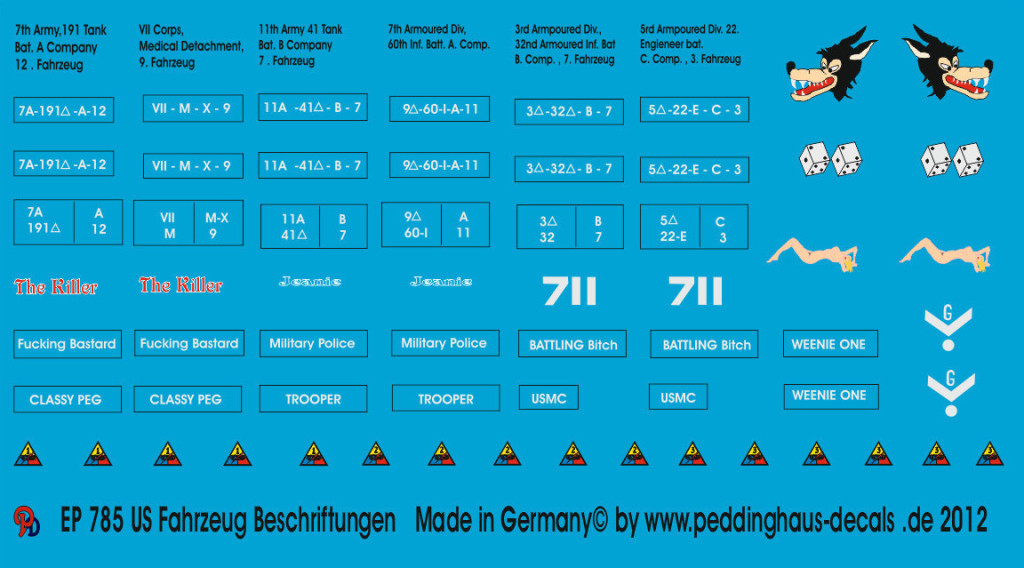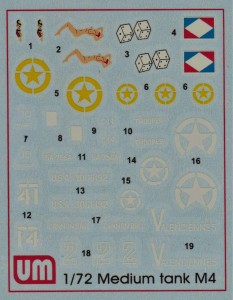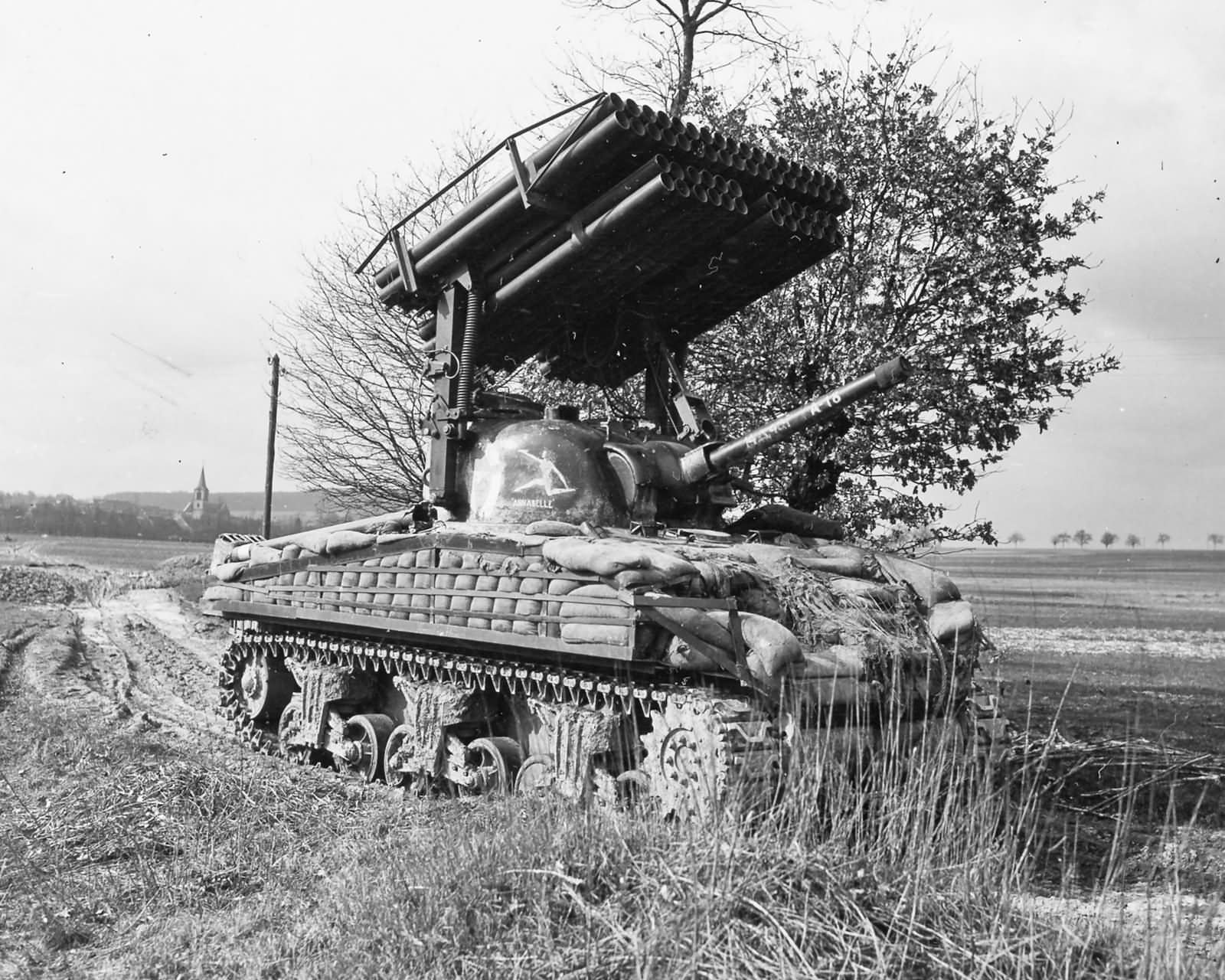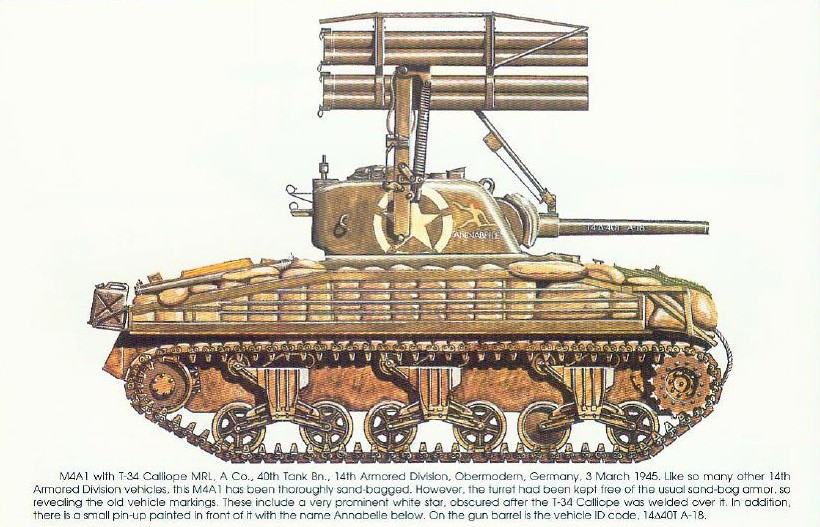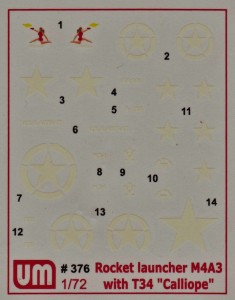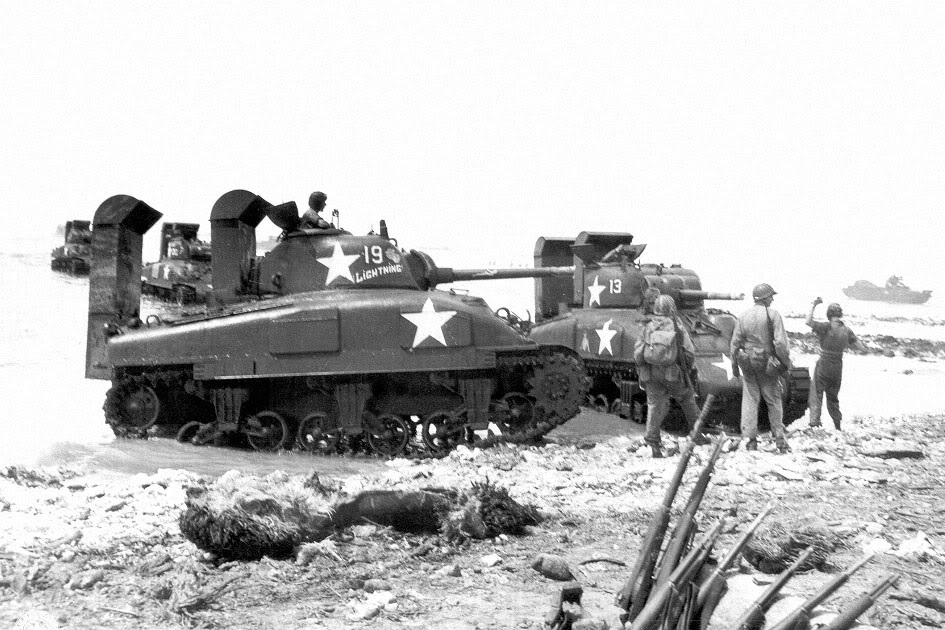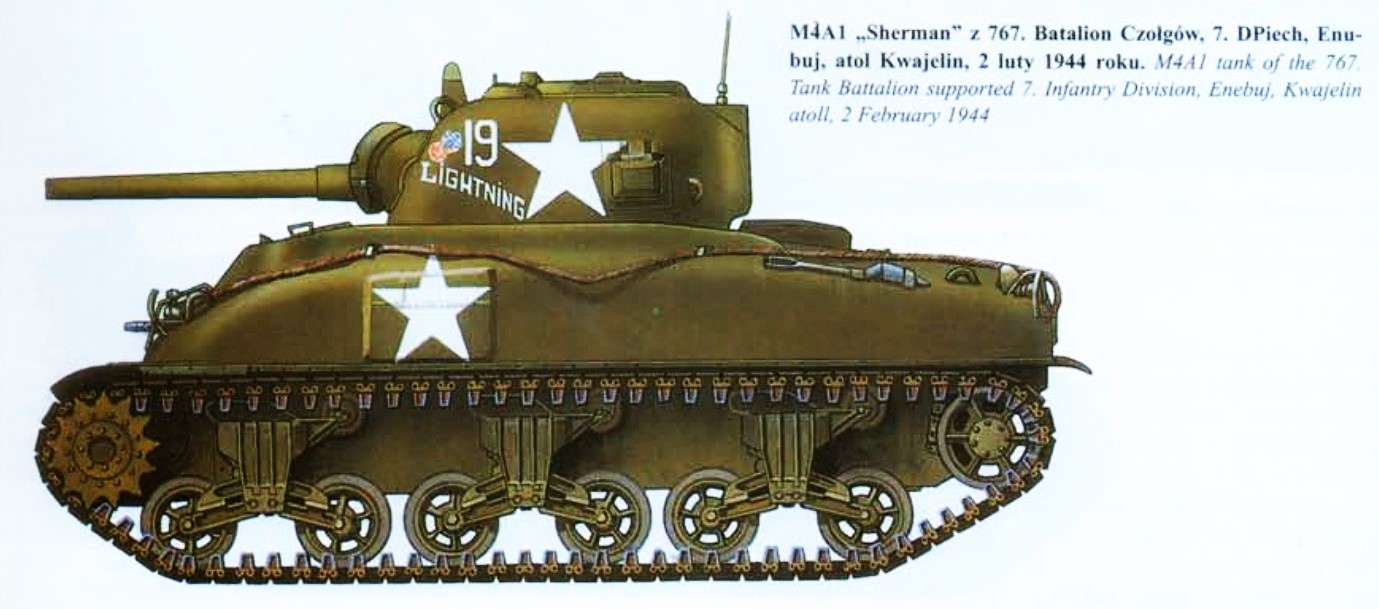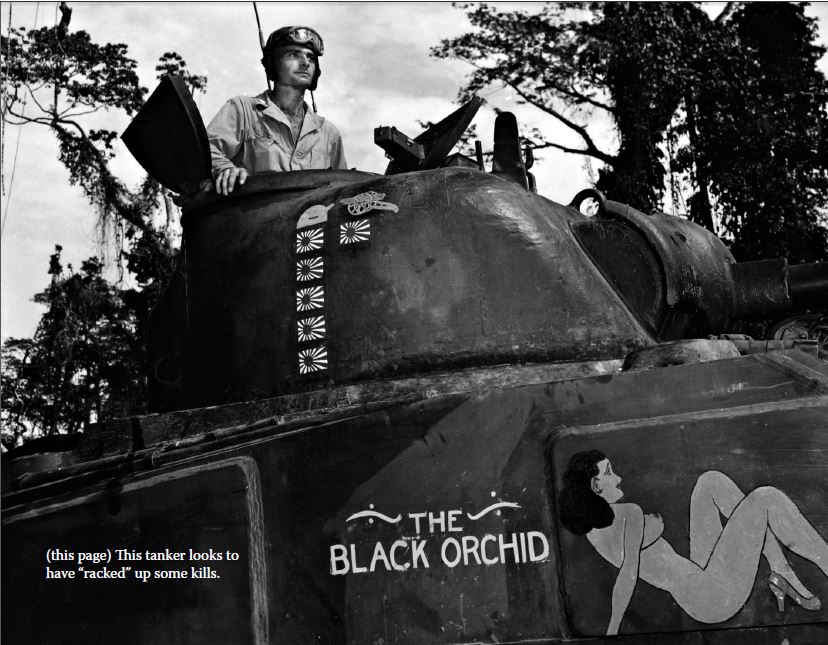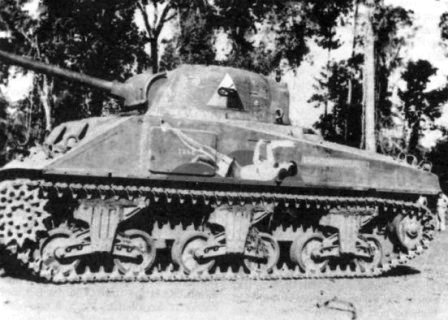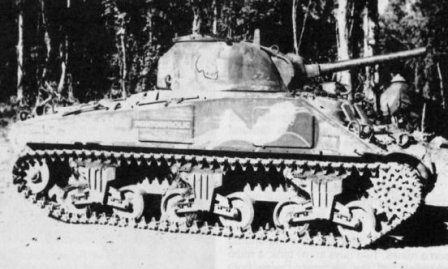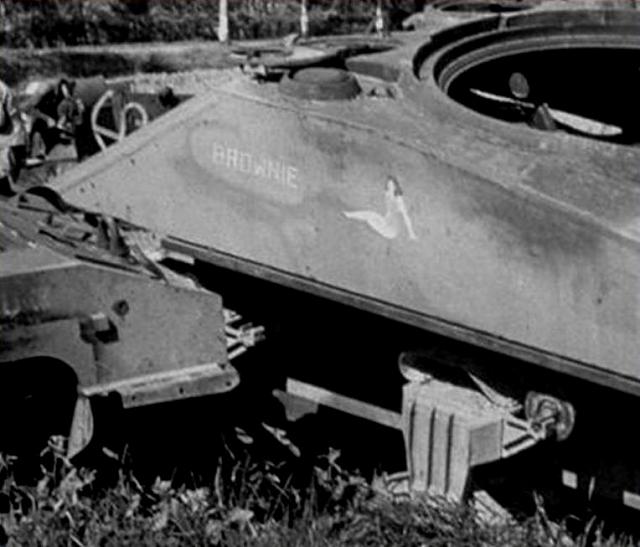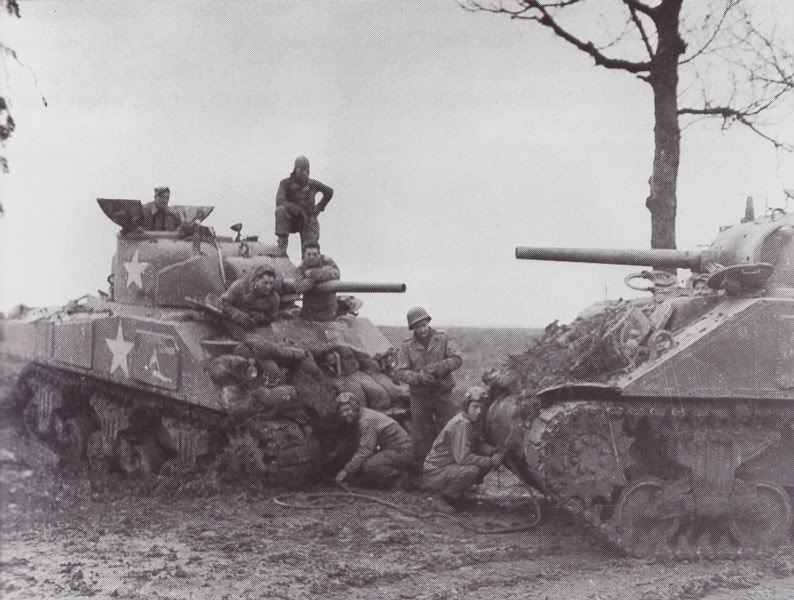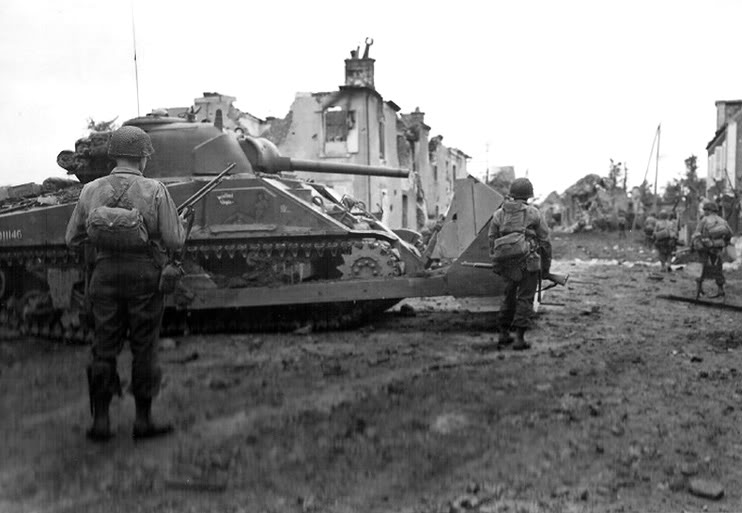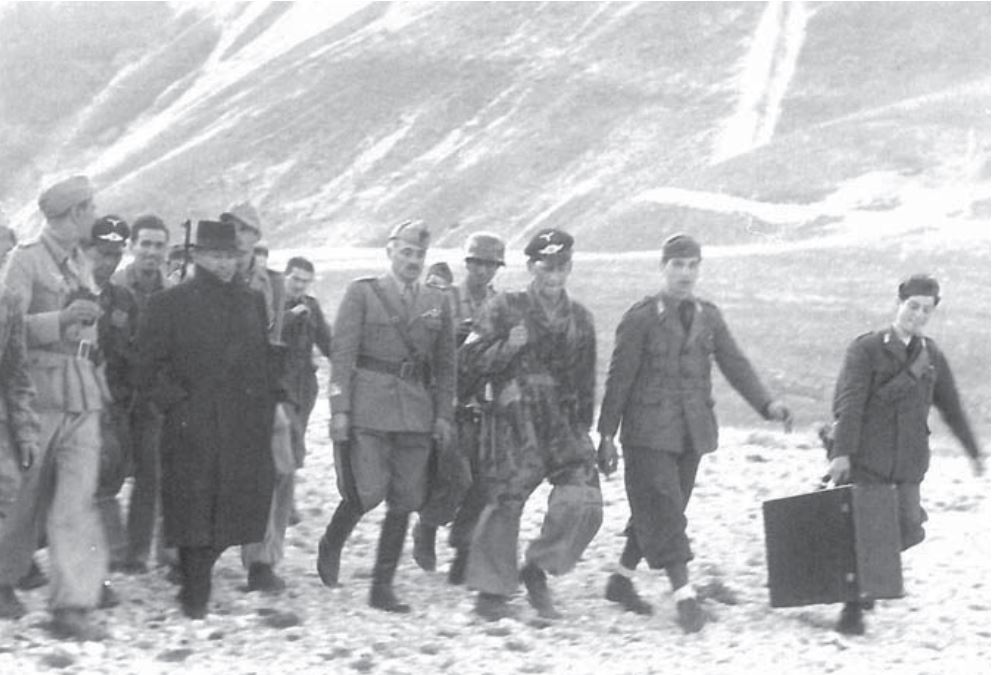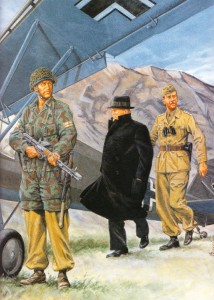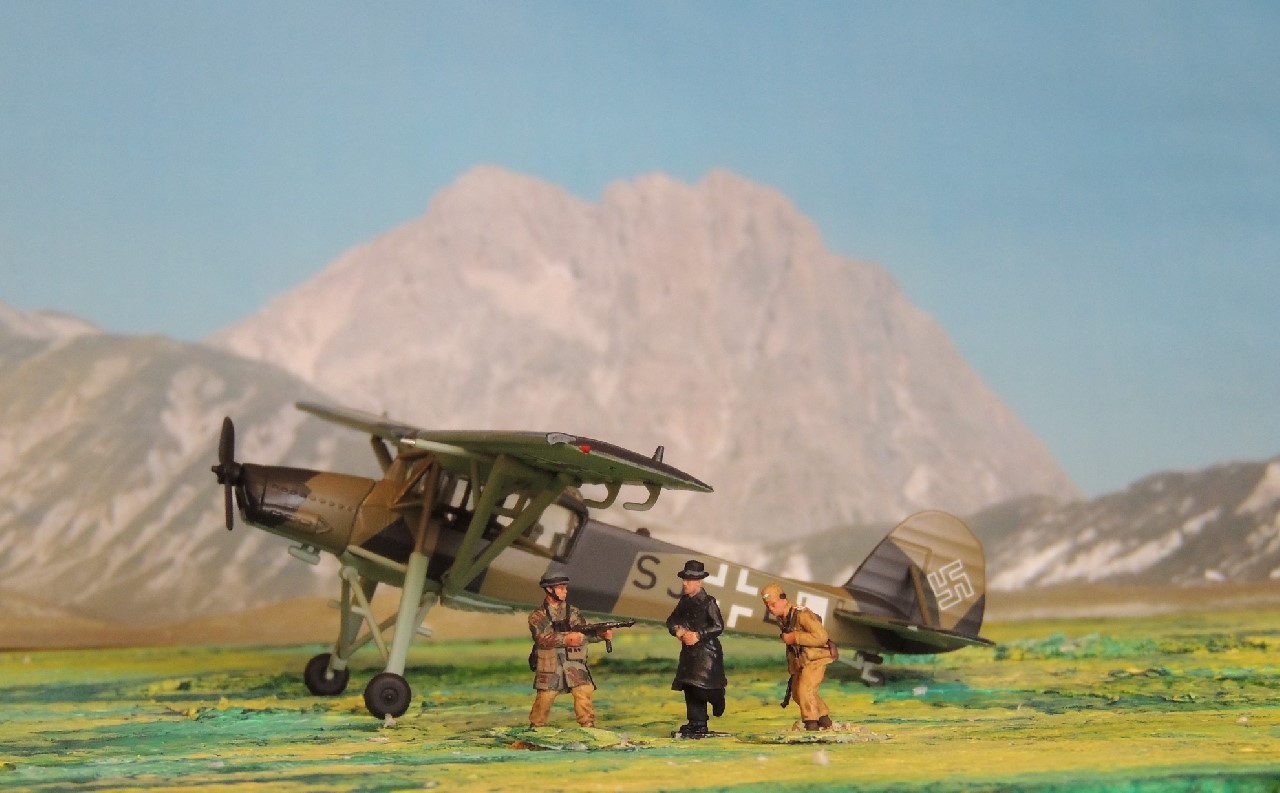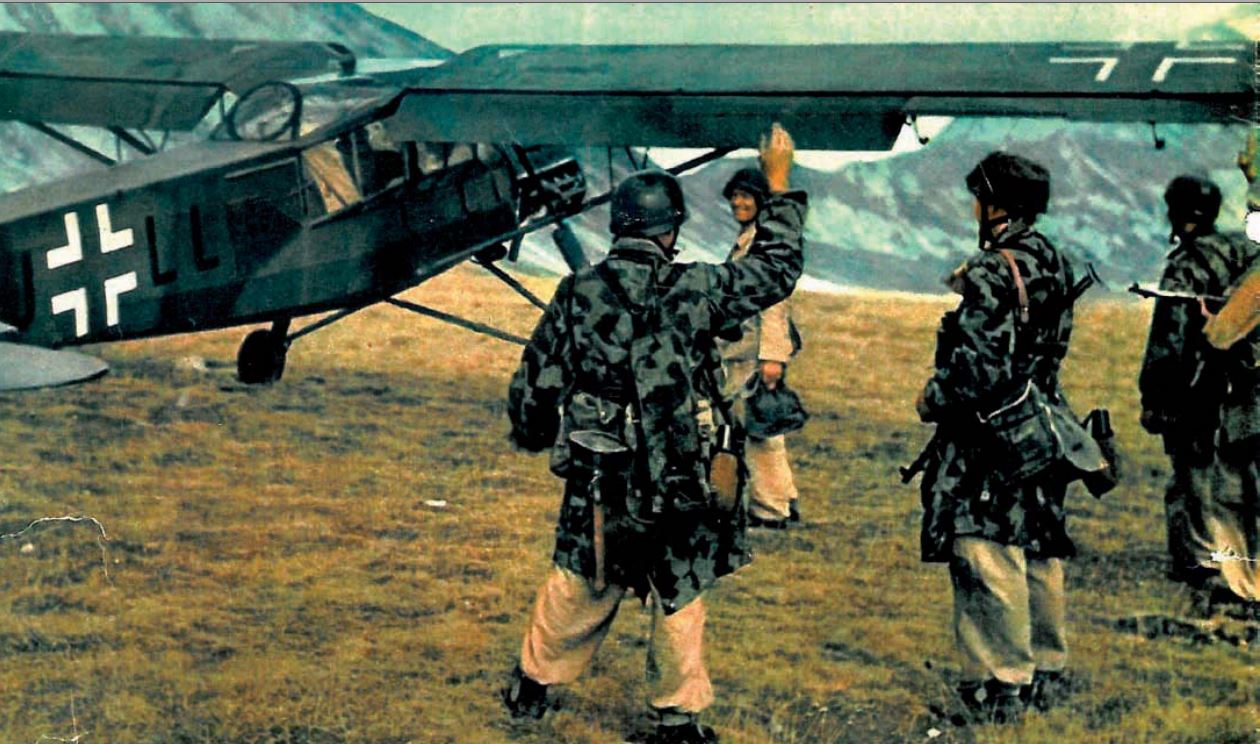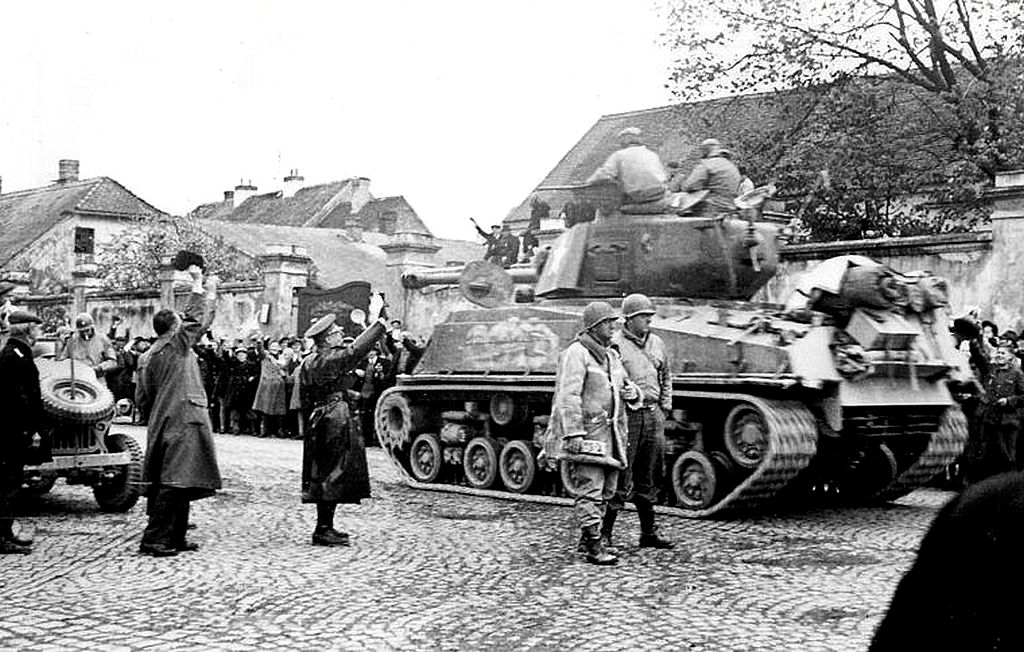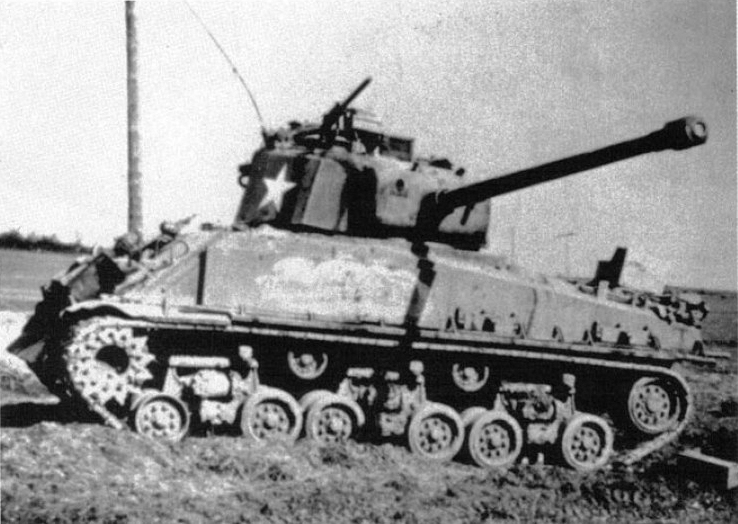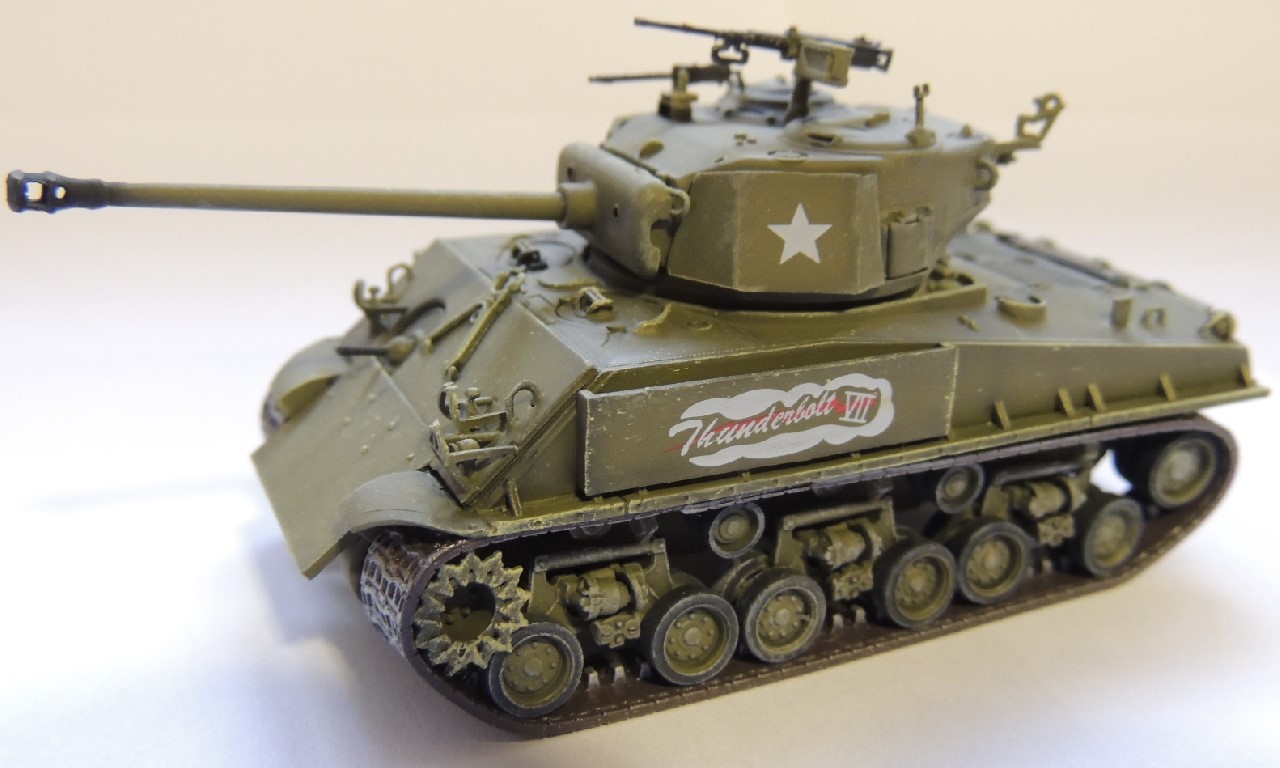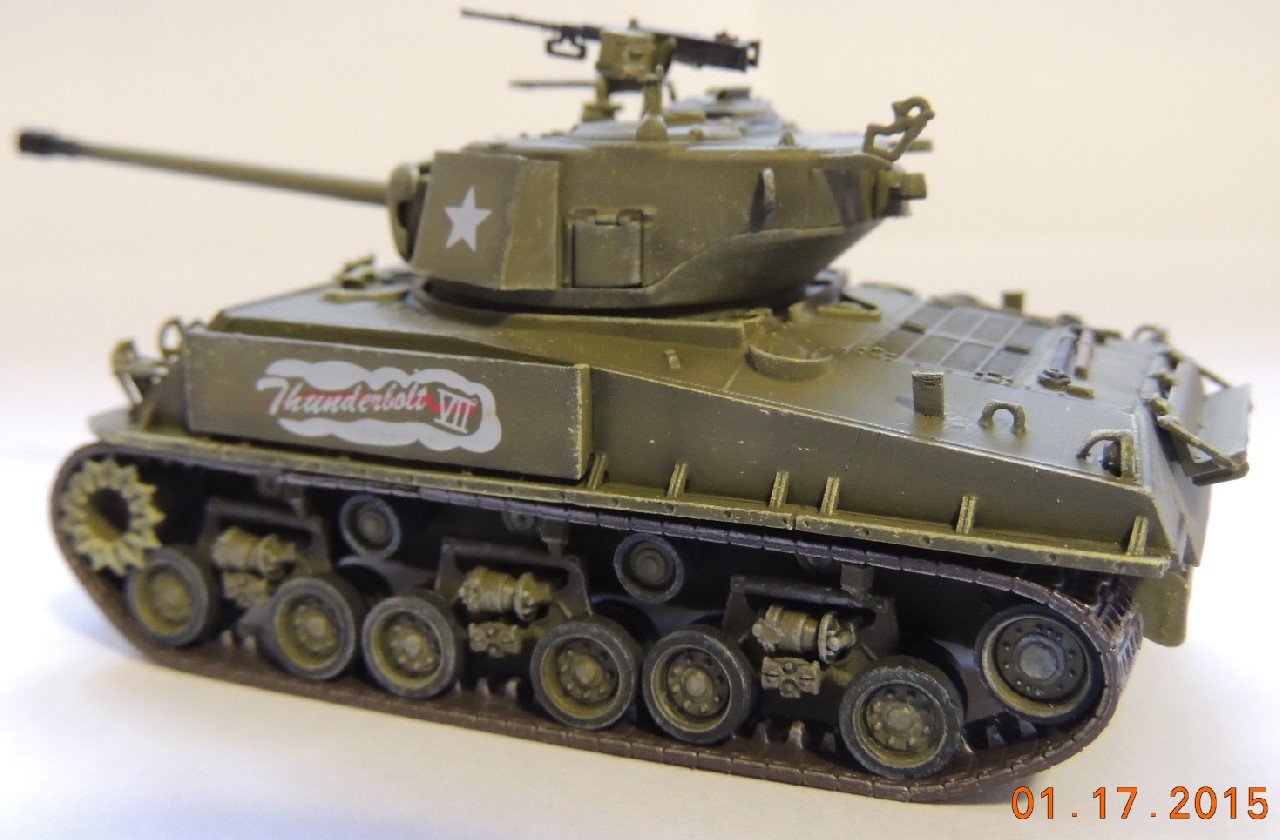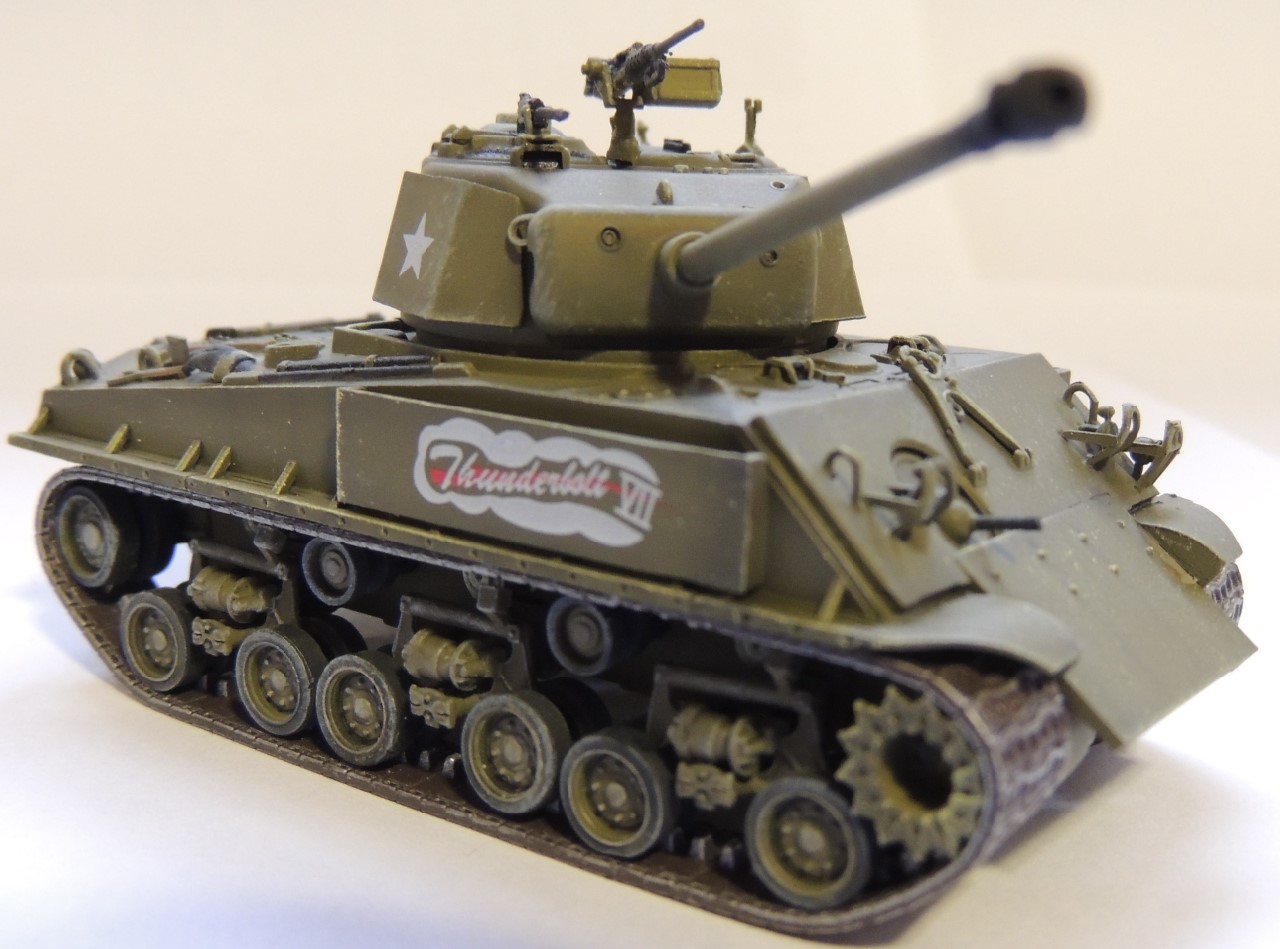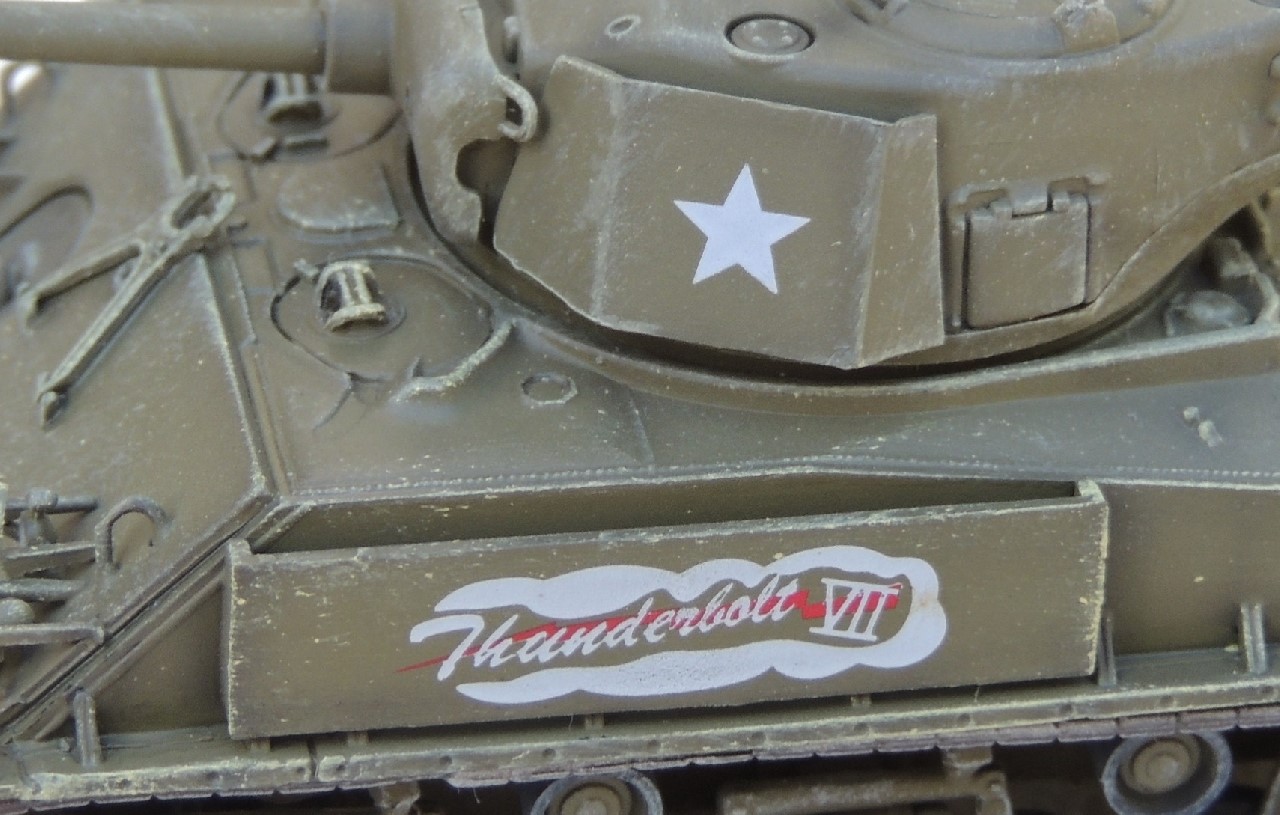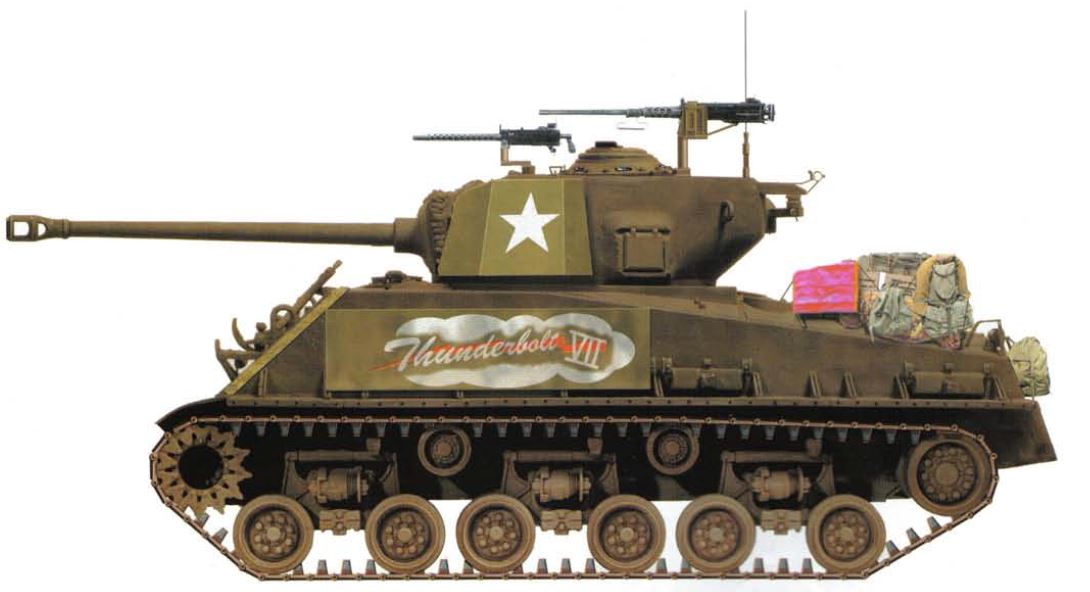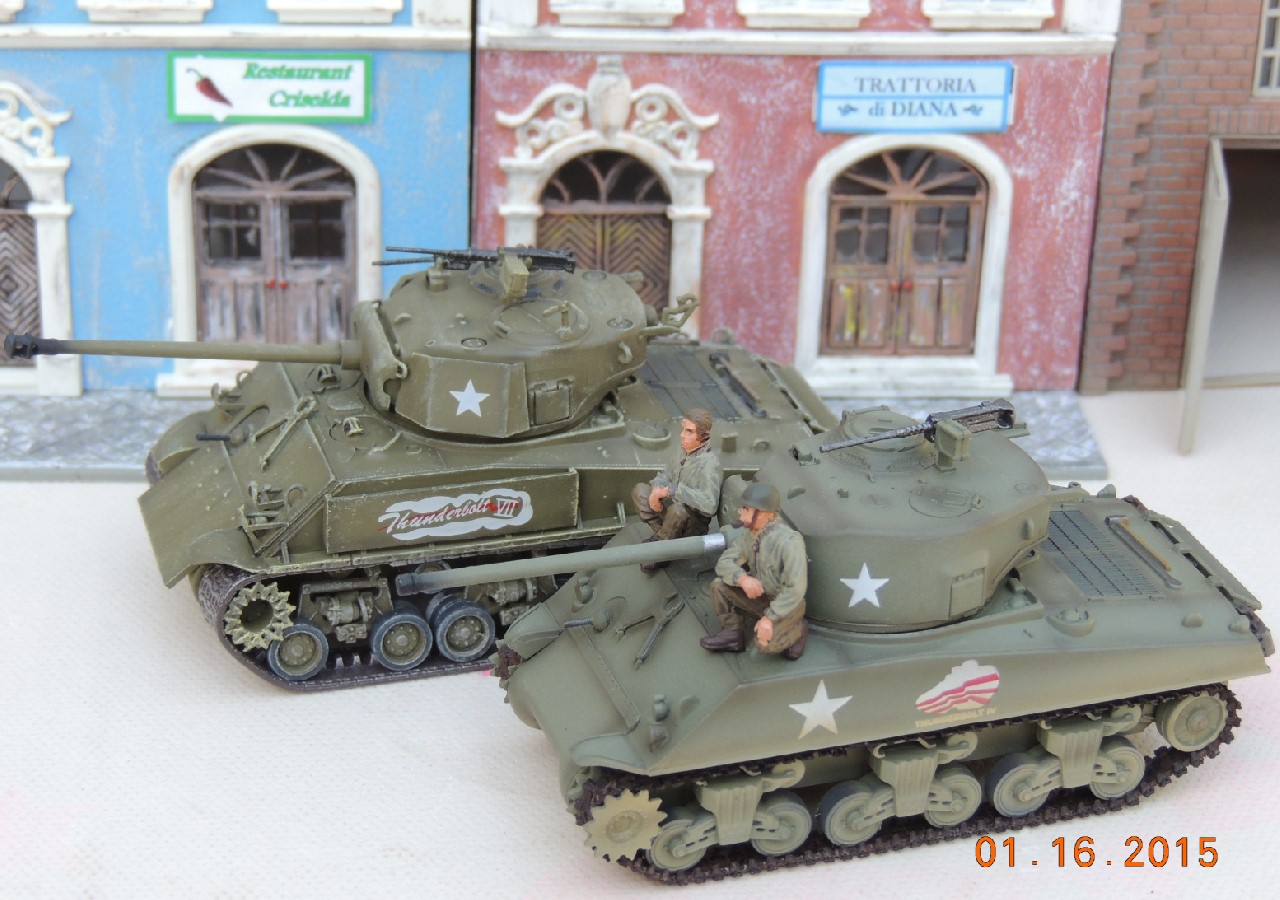This is Part 2 of A Firefly Named “Carole” in Normandy. For a description of the actual tank and a review of the Dragon model, please refer to the previous post here.
The Crew of the “Carole” in Normandy
I was intrigued by the photo of the four young members of “Carole’s” crew in front of their vehicle “brewing up” at Gosport just before leaving England on their way to Normandy. The human interest value of the photo is immense, as we know the fate of at least two of these young men — Commander Fred Scamp perished soon thereafter, while Gunner Douglas Kay survived into old age. This type of photo where you look into the faces of men who will soon face their fate is always touching to me, whether the soldiers are American, British, Russian, German, Japanese, or any other nationality.
At any rate, I wanted to recreate the aforementioned photo, or something that evinced its feel. However, the fact that the photo was taken while “Carole” still had the wading trunk made it a non-starter as the Dragon model is of “Carole” after the trunk was removed. In addition, recreating anything that even looked like the background in the scene was beyond my meager modeling capabilities. The only avenue available to me was to depict the scene after “Carole” and its crew arrived in Normandy.
The aforementioned photo is on the left in the triptych below. (See previous post for a larger, uncropped view of this photo.) The middle photo shows “Carole” in Normandy. Note the high grass, the stone wall behind the tank, and the destroyed buildings behind that wall. The photo on the right shows a similar scene of a British tank crew with their Sherman. An interesting feature of the photo is that it includes tankers wearing different clothing. Click on the photo to enlarge it. The Diorama
The Diorama
The diorama below is a composite of those three photos. The modest effort depicts the crew taking a break in front of their tank somewhere in Normandy. Note the tall grass and stone fence present in some photos taken during the Normandy campaign. I’m not unaware that the stone fence is inexplicably intact while the building is in ruins and the tree next to it is completely charred. Still, I concluded that carving rocks out of the wall to simulate damage would not be worthwhile as it could not match the picture in my head anyway.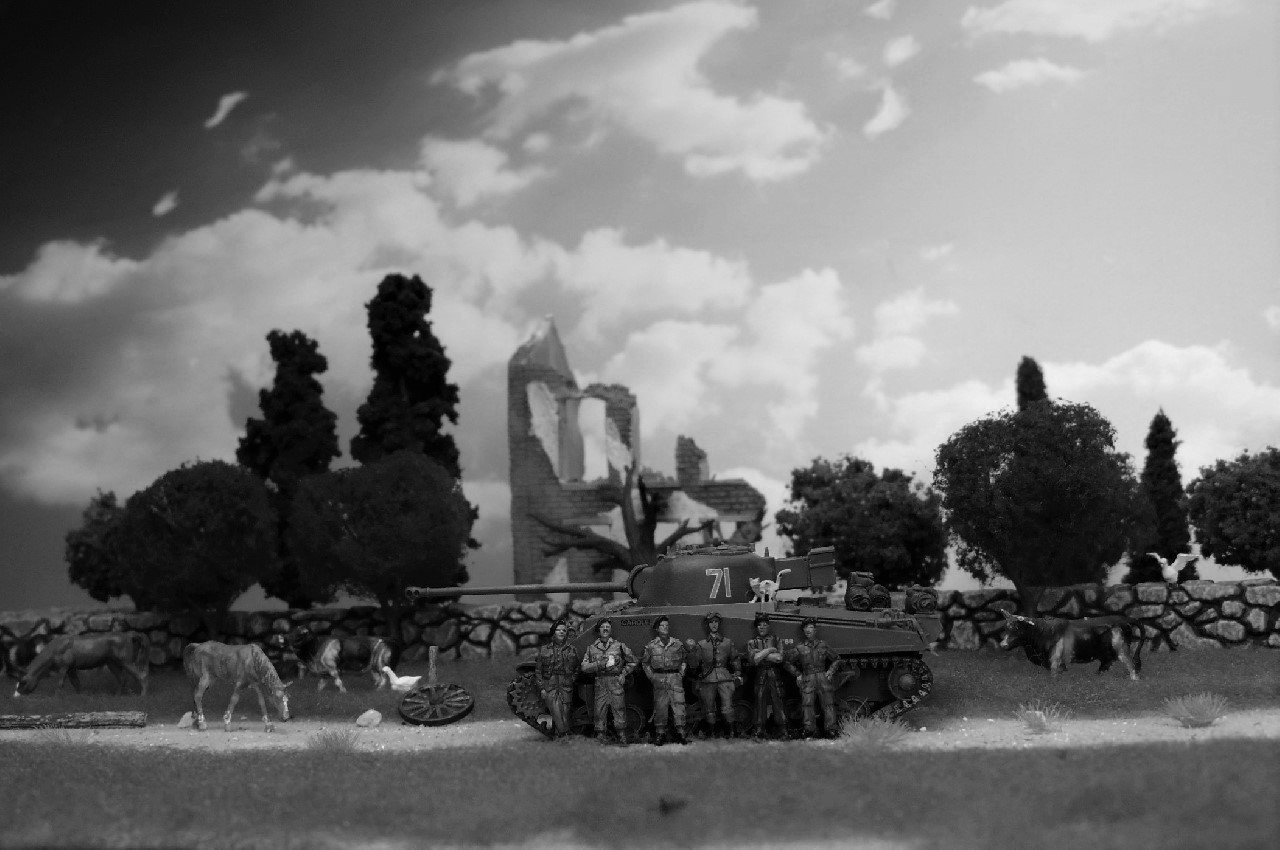 Below is the same photo in color. Ever the philistine, I’m convinced that color photos are infinitely better than black & white photos. To me, continuing to film in B&W in this day and age, as was done in The Good German, which is actually an excellent film, is as silly as would be continuing to film silent movies even though we’ve mastered sound.
Below is the same photo in color. Ever the philistine, I’m convinced that color photos are infinitely better than black & white photos. To me, continuing to film in B&W in this day and age, as was done in The Good German, which is actually an excellent film, is as silly as would be continuing to film silent movies even though we’ve mastered sound.
Note that the six tankers sport different uniforms, with the 1st, 4th, and 6th (from left) wearing standard British battledress serge while the 2nd and 3rd figures wear denim overalls. The 5th figure is dressed more casually, reflecting the motley nature of clothing in units throughout the war. These Milicast figures are nothing short of cromulent*. Click on the photo to embiggen* it.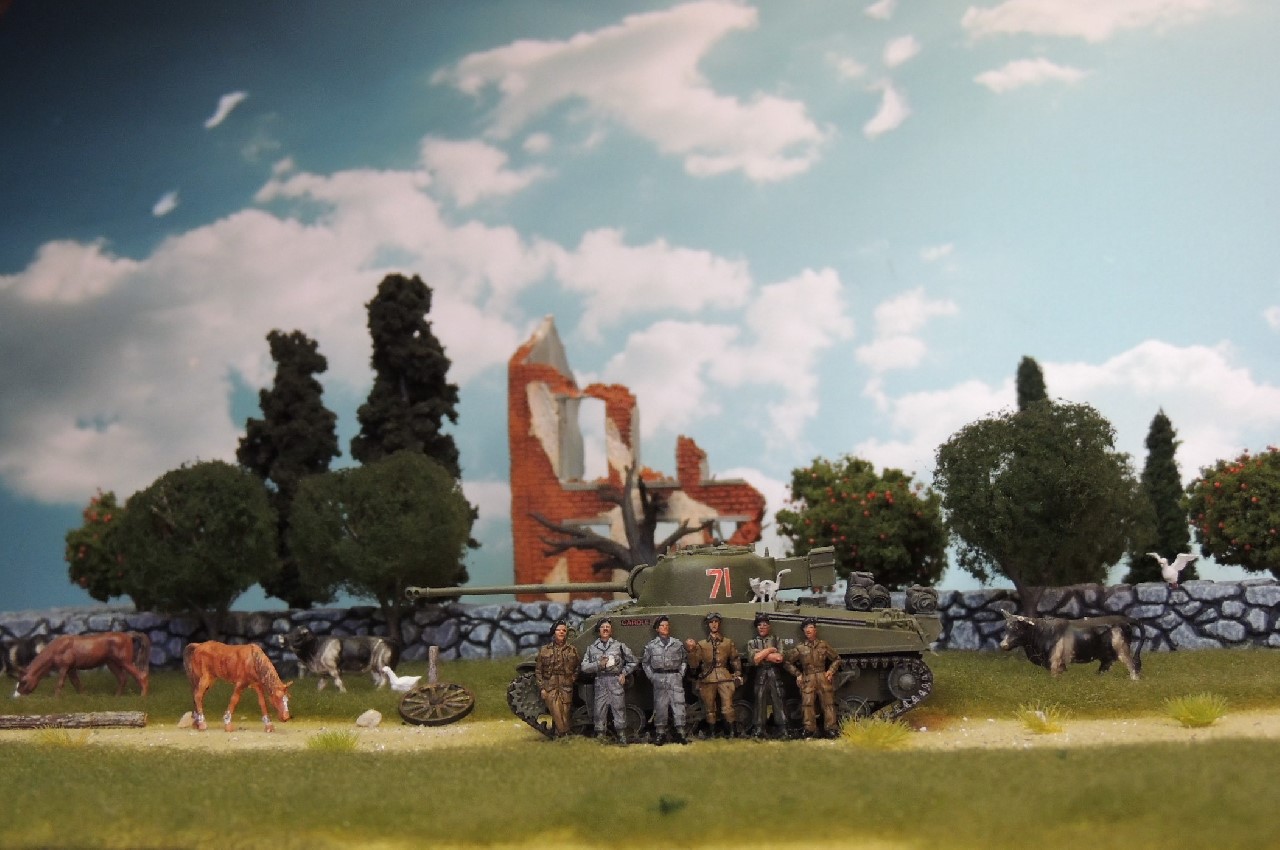 Note that all the men wear a black beret, the hallmark of a WWII British tanker. According to Military Modelling Vol.30 No.11, the design of the distinctive black beret was inspired by French berets used during WWI. The unstiffened crown allowed it to be easily stowed in the tight spaces within the tank while the dark color helped hide grime and stains inherent in working inside a tank.
Note that all the men wear a black beret, the hallmark of a WWII British tanker. According to Military Modelling Vol.30 No.11, the design of the distinctive black beret was inspired by French berets used during WWI. The unstiffened crown allowed it to be easily stowed in the tight spaces within the tank while the dark color helped hide grime and stains inherent in working inside a tank.
This is not an idle observation as knowing that Brit tankers wore a black beret and Brit paras a red one would greatly enhance the casual viewer’s enjoyment of a A Bridge Too Far, as a red beret would immediately signal that the action is taking place at Arnhem. 
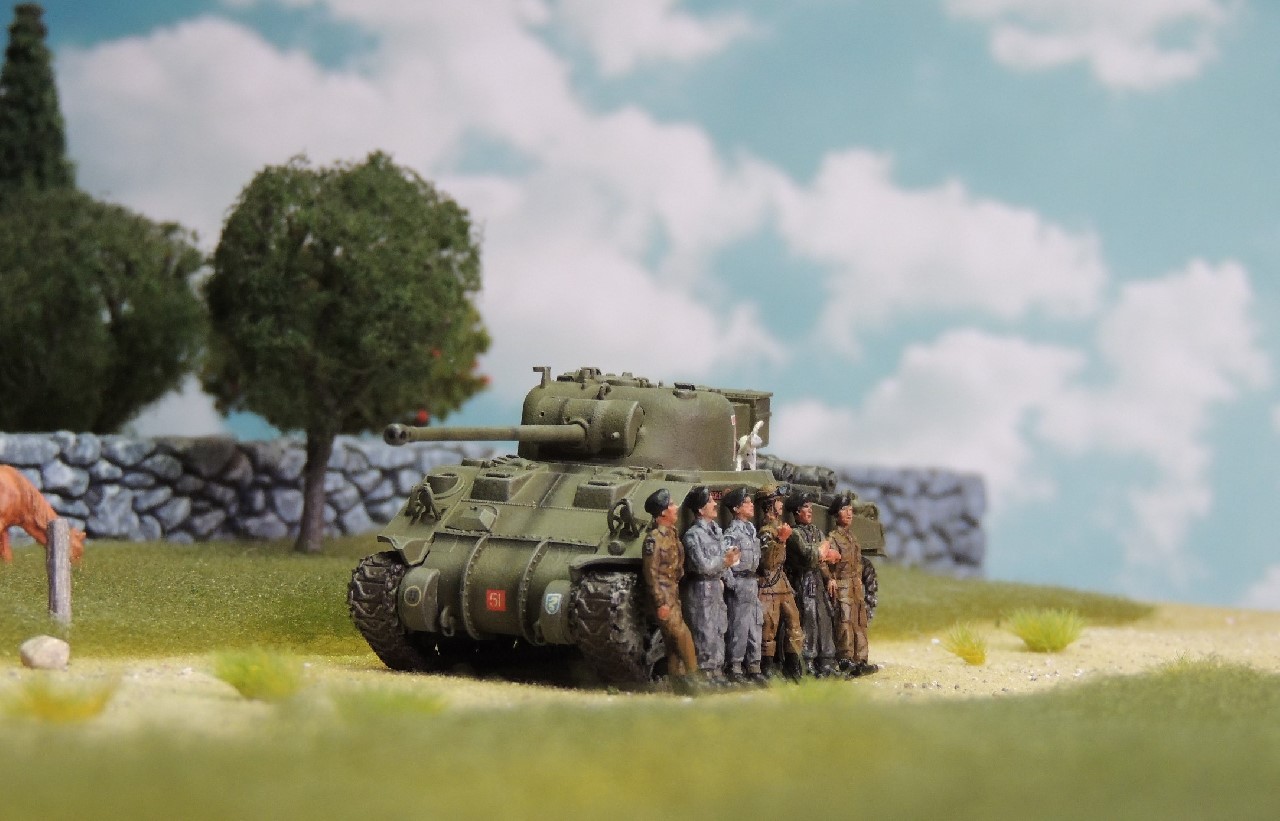 Note that the animals move from photo to photo. The tan horse with a white blaze, in particular, had trouble staying on its four legs so every time it tipped over I placed it somewhere else.
Note that the animals move from photo to photo. The tan horse with a white blaze, in particular, had trouble staying on its four legs so every time it tipped over I placed it somewhere else. 
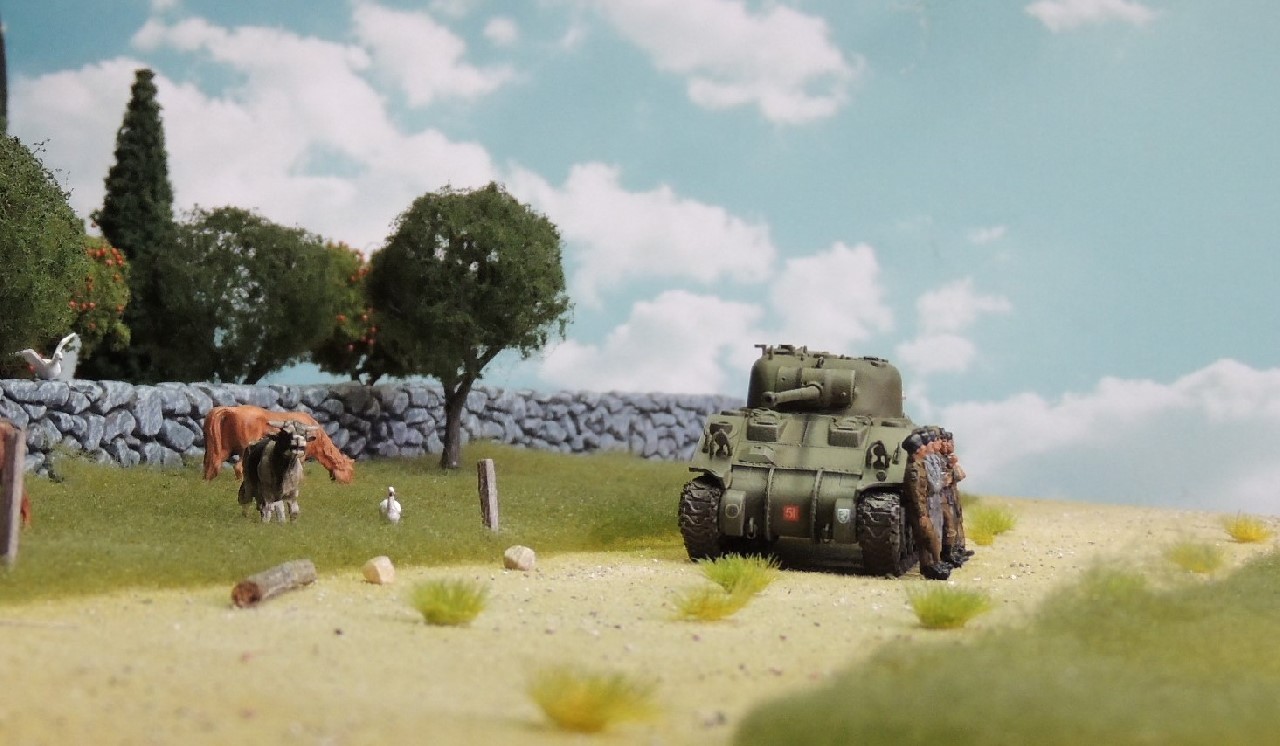
“Everyone has a backstory and deserves a guess in the absence of facts,” Ara Hagopian.
For the first time in writing these posts I had an urge to create a backstory for the cat I whimsically placed just behind the turret number. Do my fellow German bloggers, who seem to be cat lovers, or any other readers have any ideas? 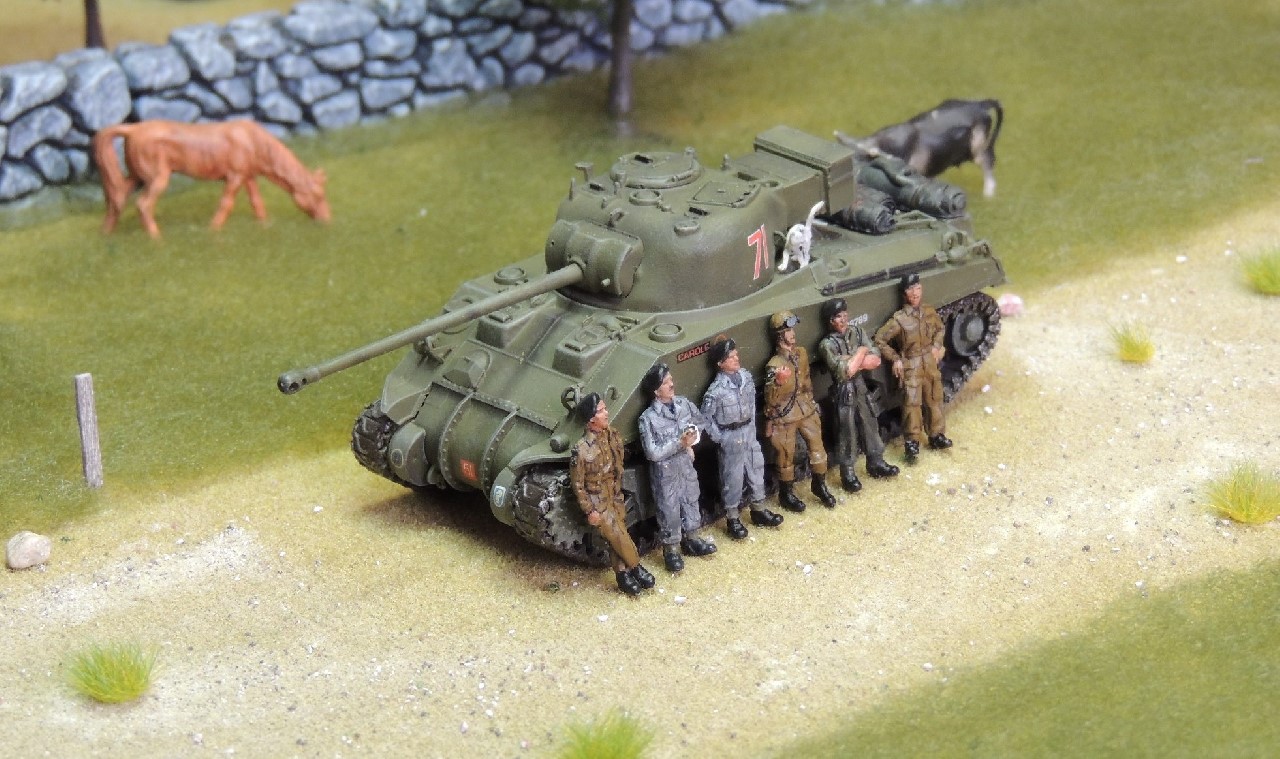 The cattle and horses are Preiser HO scale prepainted figures, which at first blush appeared to me to be the same size as the horses and cattle in the unpainted Preiser 1/72 scale 72511 Horses, Cows, and Sheep set.
The cattle and horses are Preiser HO scale prepainted figures, which at first blush appeared to me to be the same size as the horses and cattle in the unpainted Preiser 1/72 scale 72511 Horses, Cows, and Sheep set.
An indolent man at heart, I opted for the prepainted figures to avoid: 1) clipping the 72511 figures from the sprue; 2) cleaning the flash and seams; 3) gluing the two halves of each figure together; 4) priming them to ensure the paint adheres; 5) painting them; 6) detailing them; and 7) being disappointed with the results. I learned afterwards, upon actually placing the two sets side by side, that the 1/72 scale figures were proportionately larger than the HO scale figures. Alas, Preiser is a German company, after all.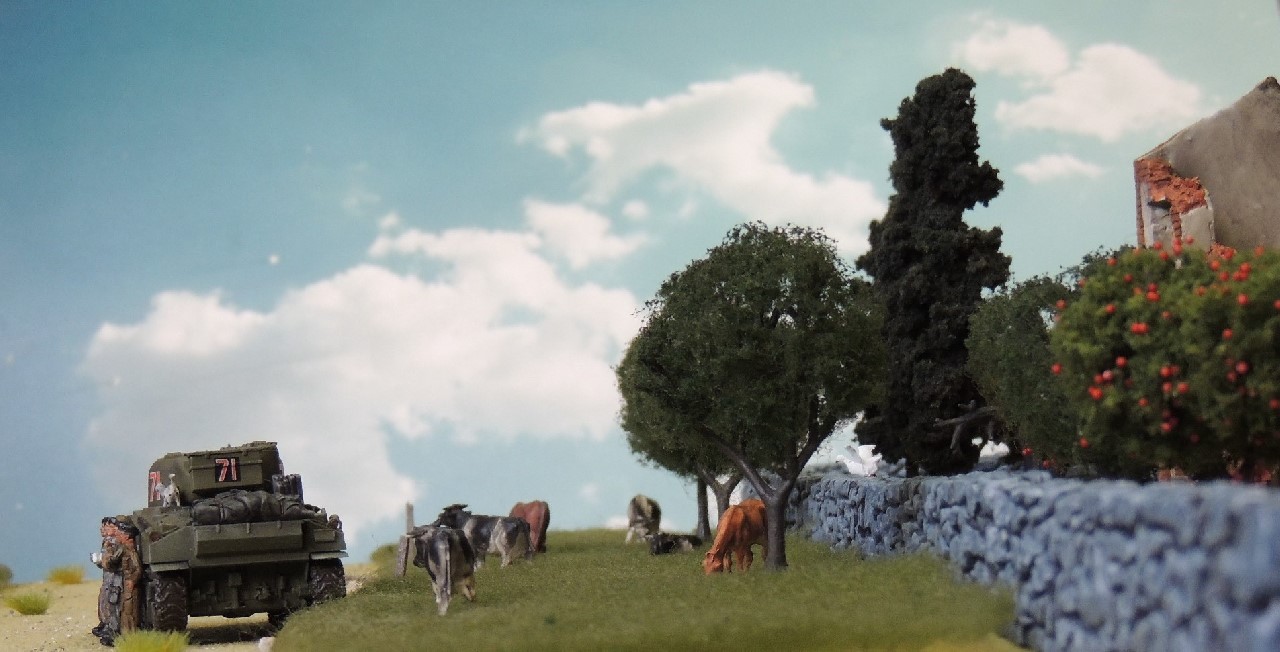 Note the tarps and blanket rolls on the rear hull of the tank. These are Value Gear pieces and they are superb. The stone fence is a Pegasus product that surprisingly looked the part with a simple black wash.
Note the tarps and blanket rolls on the rear hull of the tank. These are Value Gear pieces and they are superb. The stone fence is a Pegasus product that surprisingly looked the part with a simple black wash. 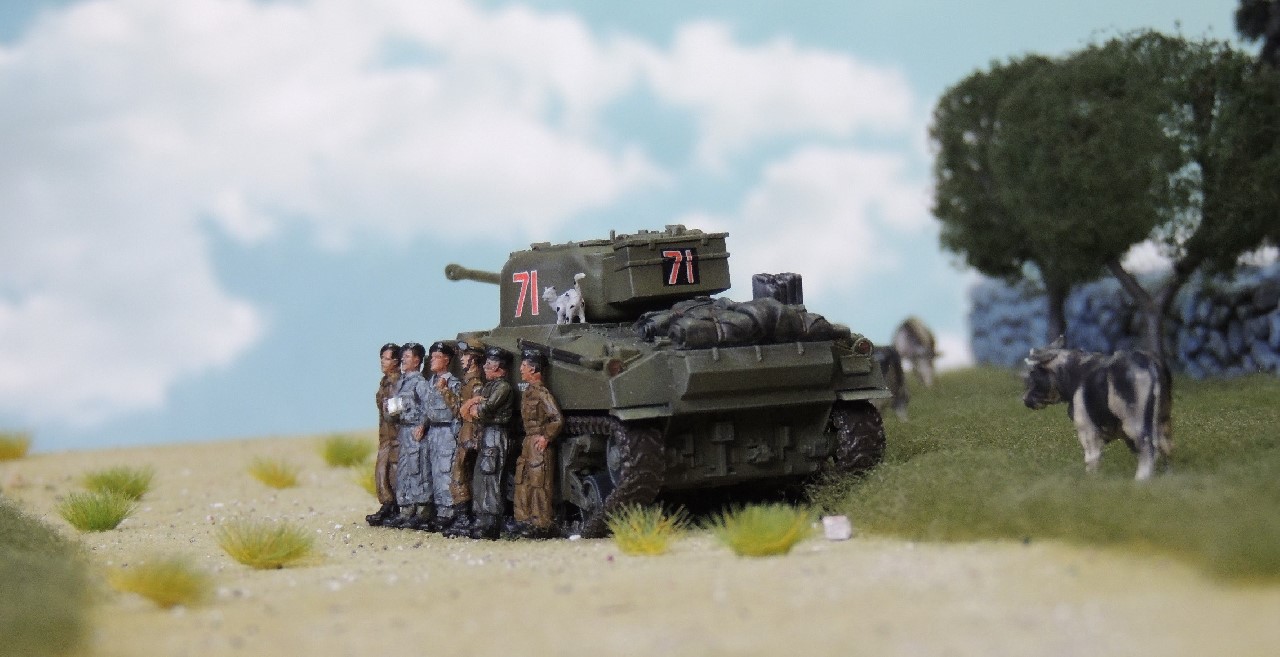 Below is a fairly clear shot of the ruined building, which I had trouble bringing into focus at the same time as the tank and crew. Again, a photographer I am not. The realistic building is from the PMA Stalingrad set. PMA diorama pieces are really quite nice, though difficult to find.
Below is a fairly clear shot of the ruined building, which I had trouble bringing into focus at the same time as the tank and crew. Again, a photographer I am not. The realistic building is from the PMA Stalingrad set. PMA diorama pieces are really quite nice, though difficult to find.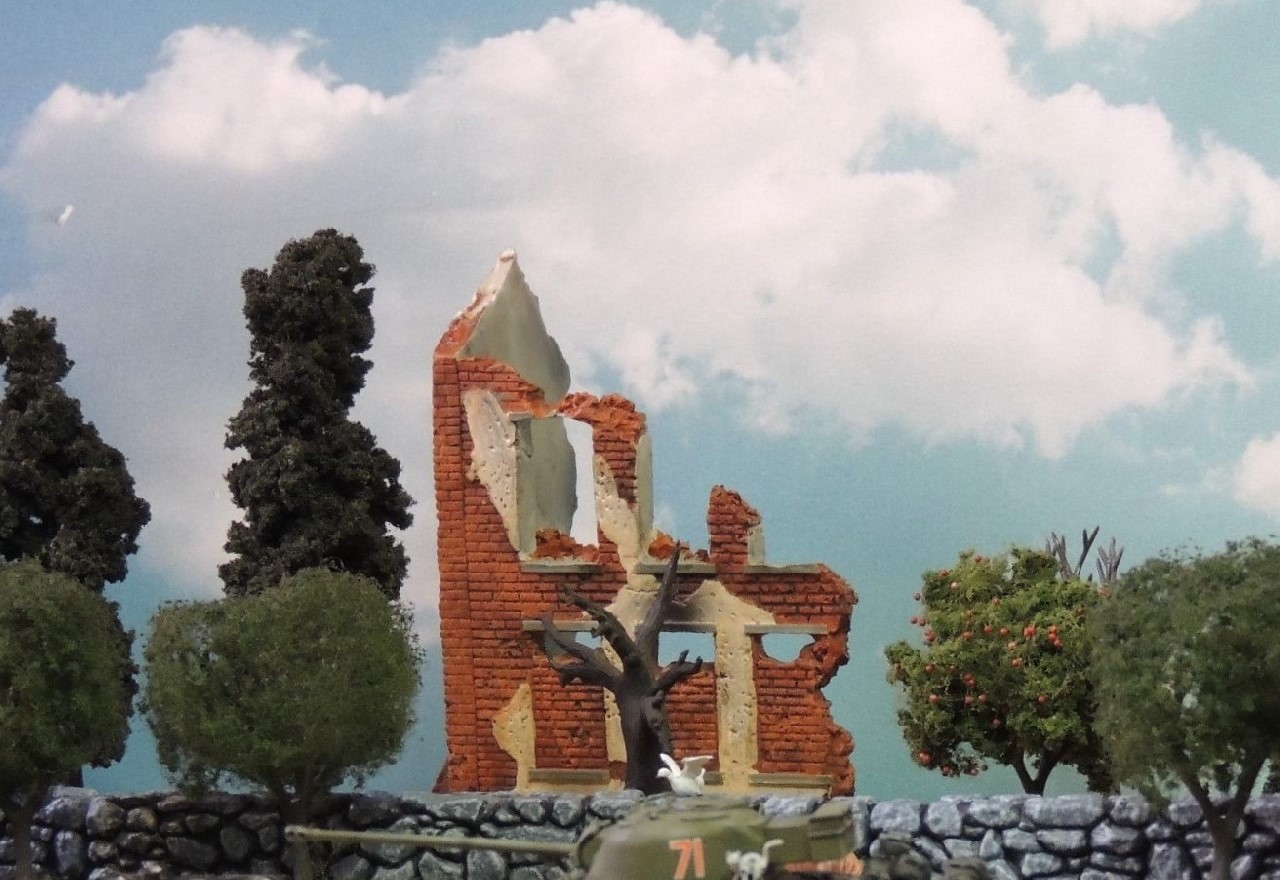 “Brewing Up”
“Brewing Up”
Much has been written about the British soldier’s expectation of regular tea breaks to the detriment of achieving the objective. Some have offered explanations of this phenomenon cloaked in scholarly terms. Nonsense. The Brits may love their tea, but as their opponents have found out throughout history, they certainly achieve their objectives.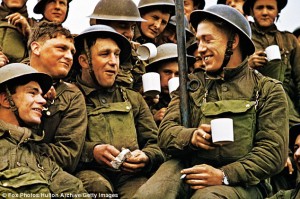 For those of us non-British subjects, the 1977 film A Bridge Too Far was in some respects a formative reference on the peculiarly British affinity for drinking tea. The star-studded film has two important tea-related scenes that left an indelible impression on this blogger.
For those of us non-British subjects, the 1977 film A Bridge Too Far was in some respects a formative reference on the peculiarly British affinity for drinking tea. The star-studded film has two important tea-related scenes that left an indelible impression on this blogger.
The first scene, with Sean Connery, perfectly encapsulates how the British perceive drinking tea:
Major General Urquhart:
“Hancock, I’ve got lunatics laughing at me from the woods. My original plan has been scuppered now that the jeeps haven’t arrived. My communications are completely broken down. Do you really believe any of that can be helped by a cup of tea?“
Corporal Hancock:
“Couldn’t hurt, sir,” as he hands Urquhart a cup of tea.
YouTube link: https://www.youtube.com/watch?v=LKr9eja-1cw
The second — this time heated — exchange features Robert Redford, and is more a reflection of how Americans perceive the British love affair with tea:
American Officer:
“I don’t understand, why aren’t you moving, what’s the matter with you guys? Those are British troops at Arnhem. They’re hurt, bad. You’re not going to stop, not now.”
British Tank Officer:
“I’m sorry, we have our orders.”
American Officer:
“We busted our asses getting here. Half my men are killed. And you’re just gonna stop . . . and . . . drink tea? “
YouTube link: https://www.youtube.com/watch?v=i1EsDkm_r3o
At the risk of belaboring the point, I believe ABTF was simply propagating an incorrect — yet widely held — belief among American soldiers that tea time was fairly important to the British. Still, at least in this case, let’s not blame Hollywood as this was a joint British/American production. ABTF was written by Cornelius Ryan, an Irishman; the screenplay was written by William Goldman, an American; and the film was directed by Richard Attenborough, an Englishman.
(Incidentally, what a cast! Laurence Olivier, Sean Connery, Ryan O’Neal, Anthony Hopkins, Robert Redford, Michael Caine, Gene Hackman, Dirk Bogarde, Edward Fox, Elliot Gould, and James Caan, just to name the Allies. Only Is Paris Burning?, Tora, Tora, Tora, and Midway come close. Also, those were real C-47 Skytrains/Dakotas in the film — eleven of them in total, borrowed from various countries, including Denmark, Djibouti, Finland, and Portugal. Sorry, I couldn’t resist. 
Irrespective of how it came to be, or whether it’s a fair or accurate characterization, it is undeniable that 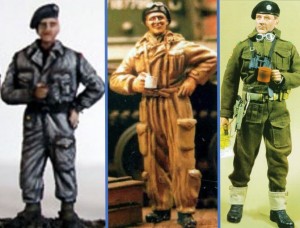 British tankers are now firmly entrenched in the modeler’s psyche as soldiers with a strong love affair with tea. Thus, regardless of the scale, they are often depicted “brewing up” with a “cuppa” in hand. The photo triptych at left, showing tanker figures in different scales, makes the point clearly. At left is the Milicast 1/76 figure used in the diorama; at center is a Dartmoor 1/48 figure; and at right is a Dragon 1/6 figure. The first two photos are from their respective manufacturer’s websites; the third I scanned from an article in the French magazine Steel Masters #58.
British tankers are now firmly entrenched in the modeler’s psyche as soldiers with a strong love affair with tea. Thus, regardless of the scale, they are often depicted “brewing up” with a “cuppa” in hand. The photo triptych at left, showing tanker figures in different scales, makes the point clearly. At left is the Milicast 1/76 figure used in the diorama; at center is a Dartmoor 1/48 figure; and at right is a Dragon 1/6 figure. The first two photos are from their respective manufacturer’s websites; the third I scanned from an article in the French magazine Steel Masters #58.
List of Diorama Pieces
For those interested, below is the source of each piece:
- Tank: Dragon 60250 Firefly Vc, 13th/18th Royal Hussars, 27th Armoured Brigade, Normandy 1944;
- Tarp and Blanket rolls on hull: Value Gear Allied Tents, Tarps, and Crates;
- Crew: Milicast 061 British Squaddies and Milicast 054 British Troops;
- Animals: Various Preiser HO and 1/72 sets;
- Trees: Various Woodland Scenics;
- Building: Precision Model Art PMA P0204 Stalingrad;
- Stone Fence: Pegasus Hobbies 5202 Stone Walls;
- Spoked Wheel: Hat 8260 WWI German Field Wagon;
- Meadow: Woodland Scenics Grass Mat;
- Tufts of Grass: Noch Scenemaster, Spring Grass Tufts; and
- Backdrop: Silk poster ordered on Amazon from China.
I hope you enjoyed this simple diorama of “Carole” and its crew. Again, if something looks amiss, please let me know. I would be delighted to correct inaccurate information so that this may be useful for other 1/72 scale collectors and wargamers. As always, comments, questions, corrections, observations, and backstories for the cat are welcome.
————————————————————————————————————————————–
Once again, I’d like to thank my friend and fellow collector J. Buccellato of NY for his incredible skill and patience in painting the Milicast figures. He’s the sine qua non in creating these dioramas. His “therapy” is my joy. *For those not familiar with the two neologisms in this post, I highly recommend Season 7, Episode 16 of the Simpsons on the episode’s 20th anniversary.

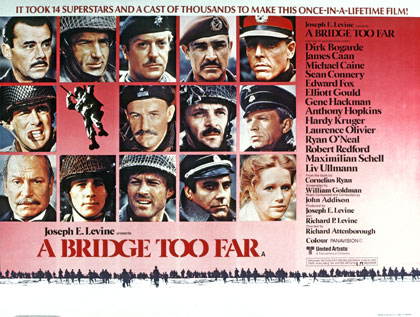
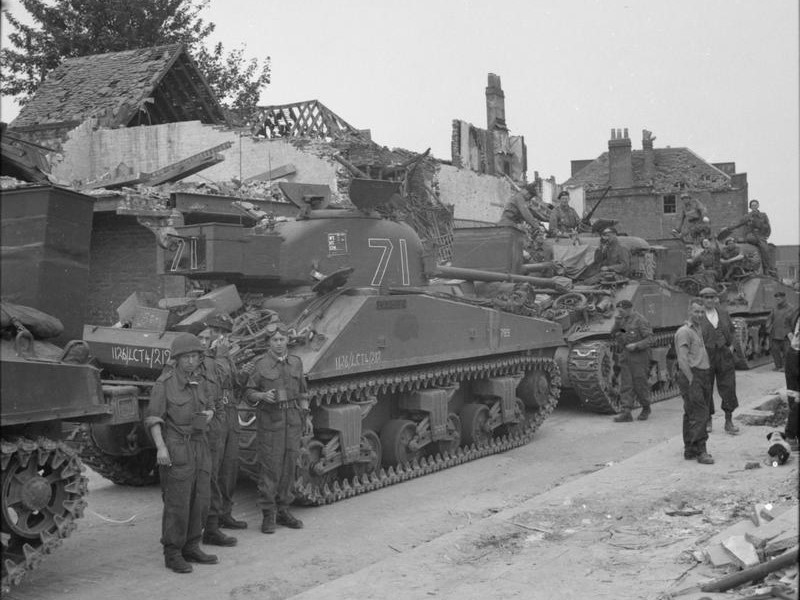
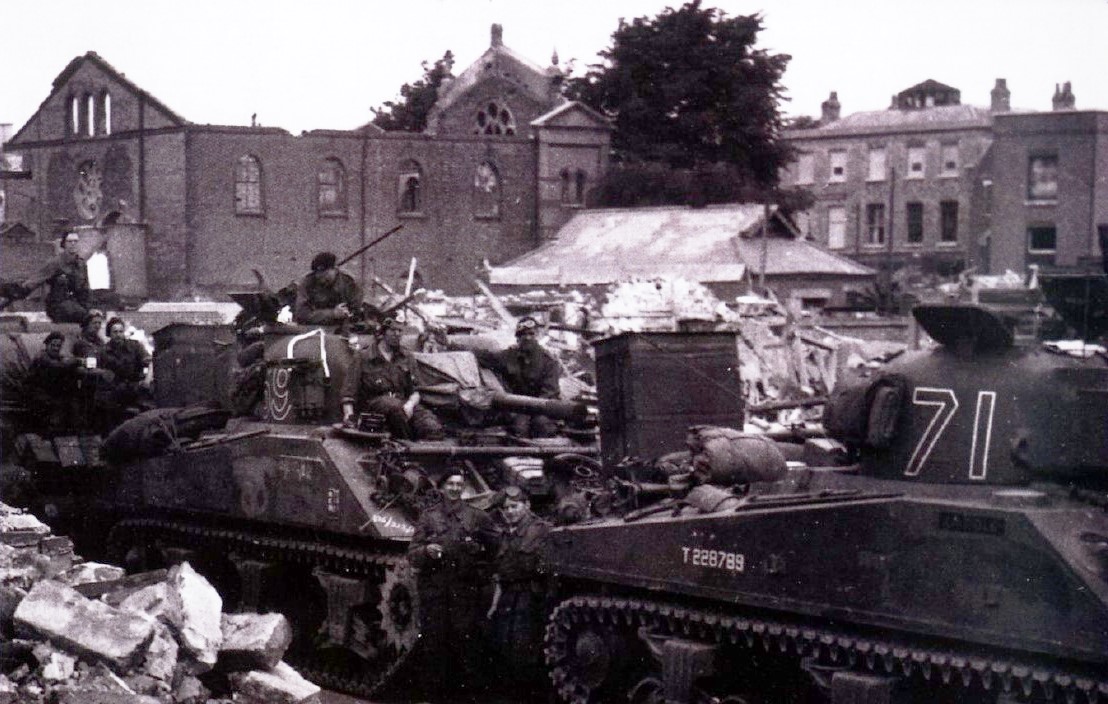
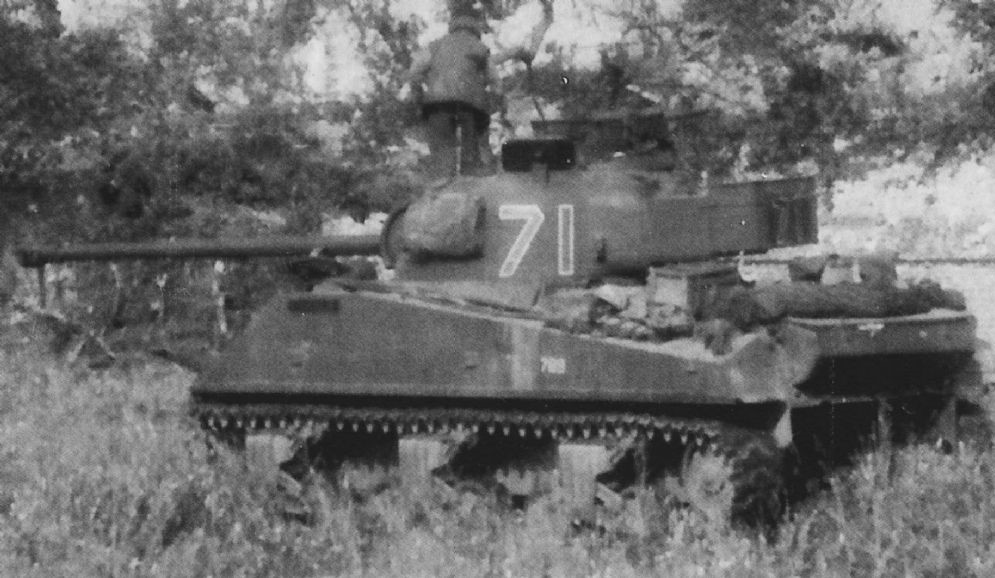
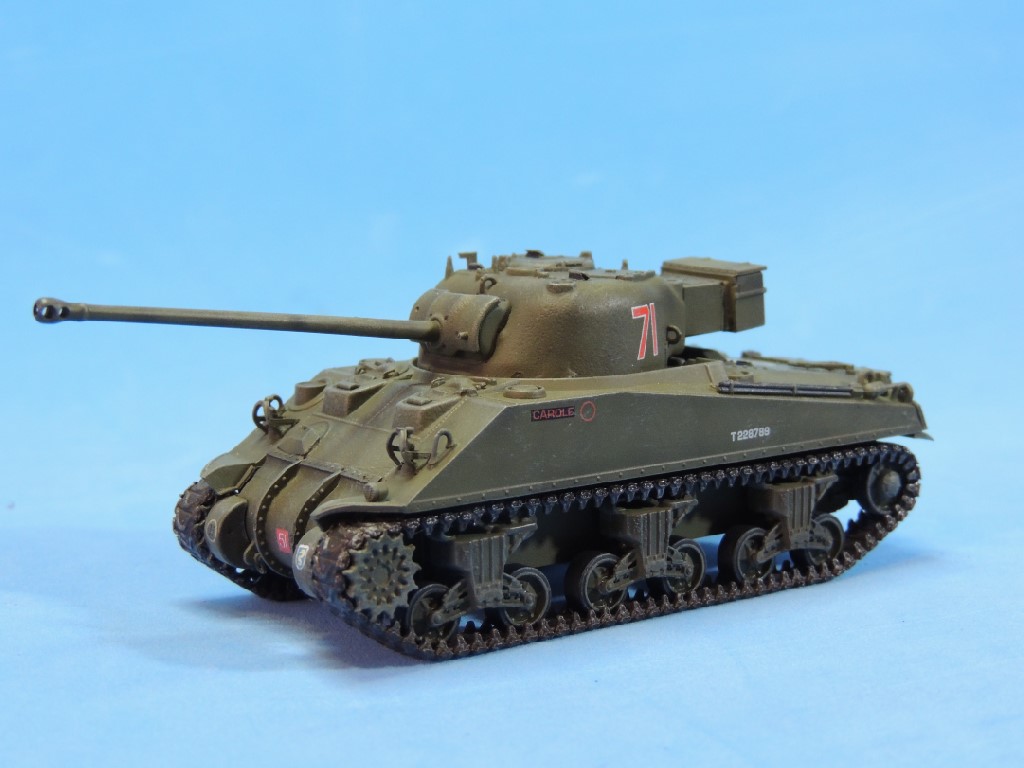
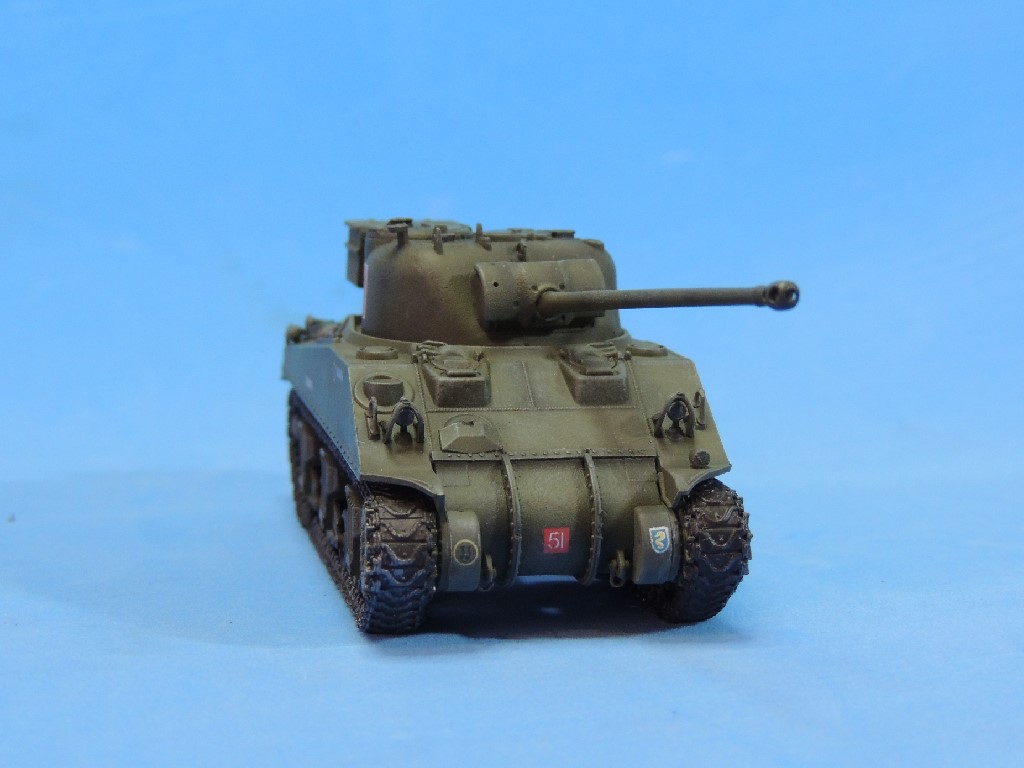
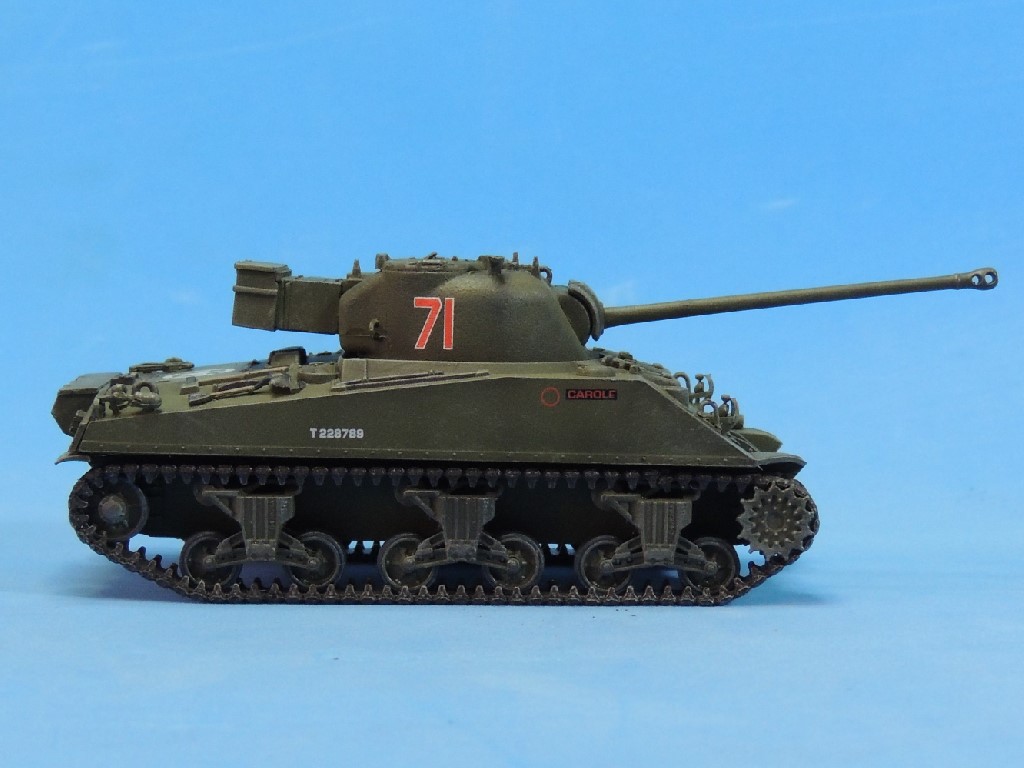
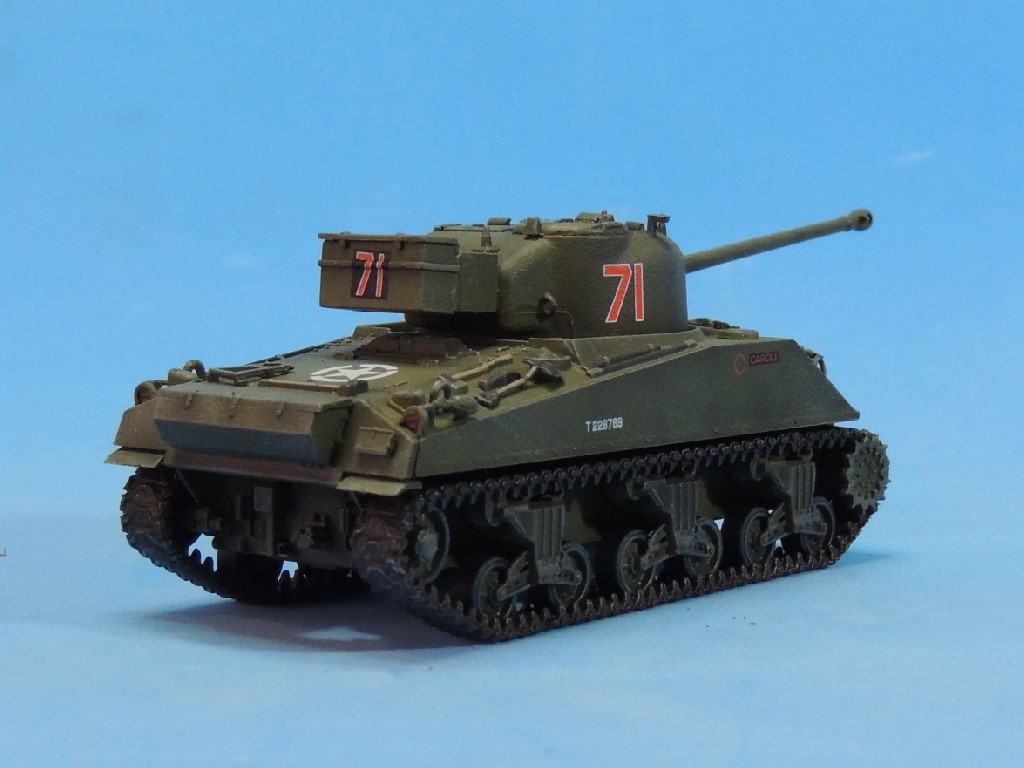
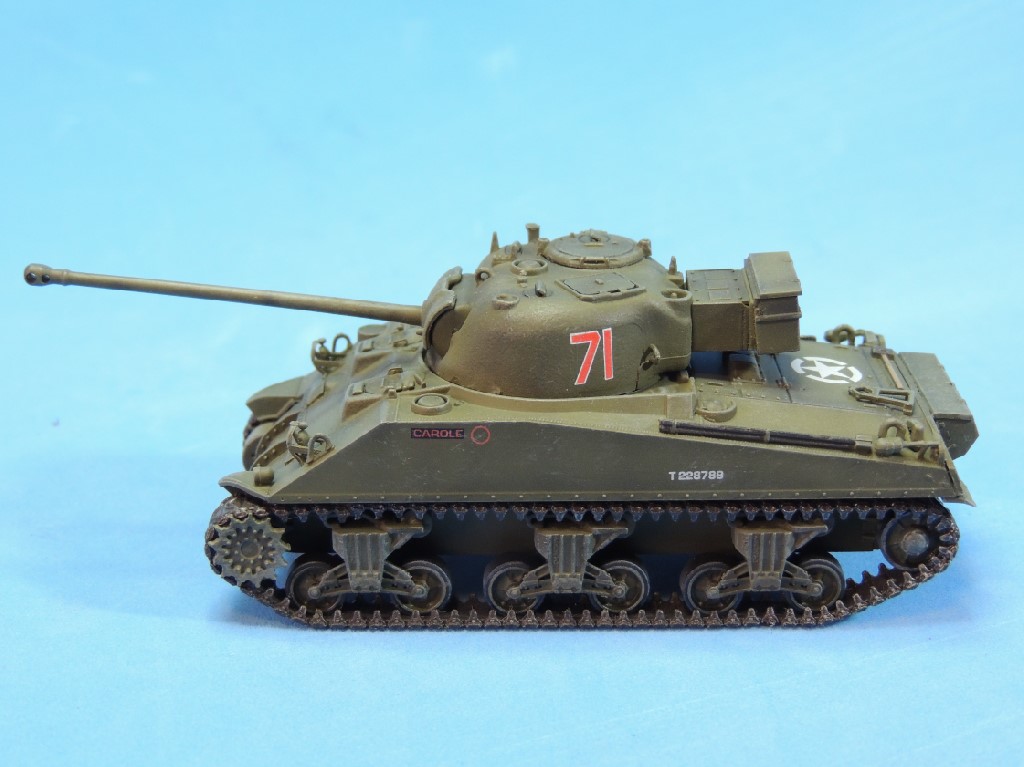
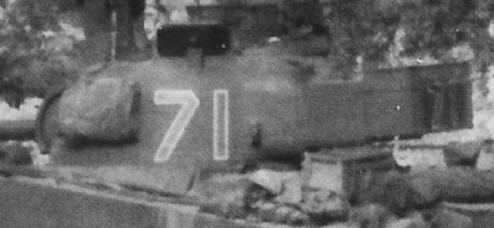
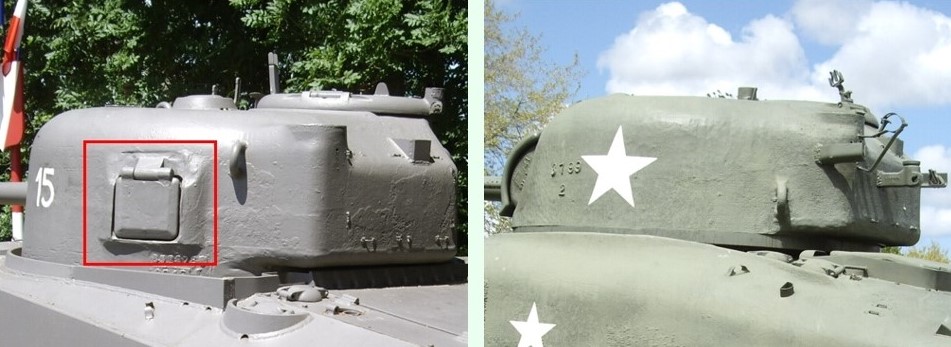
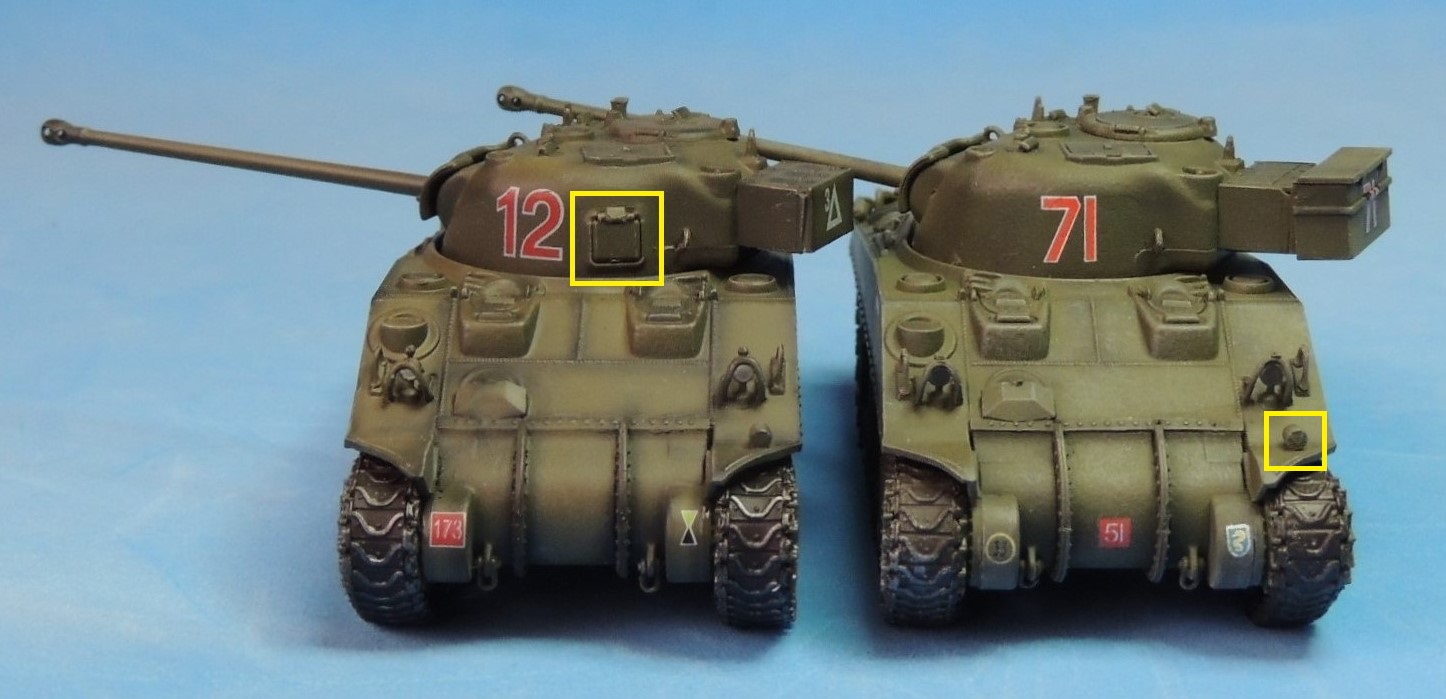
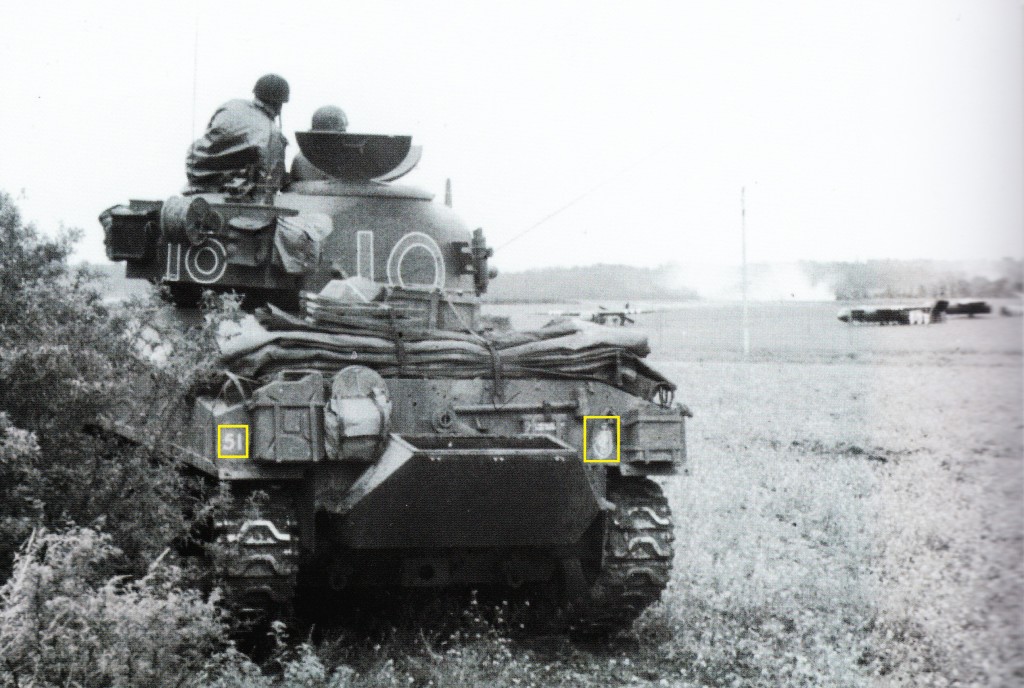

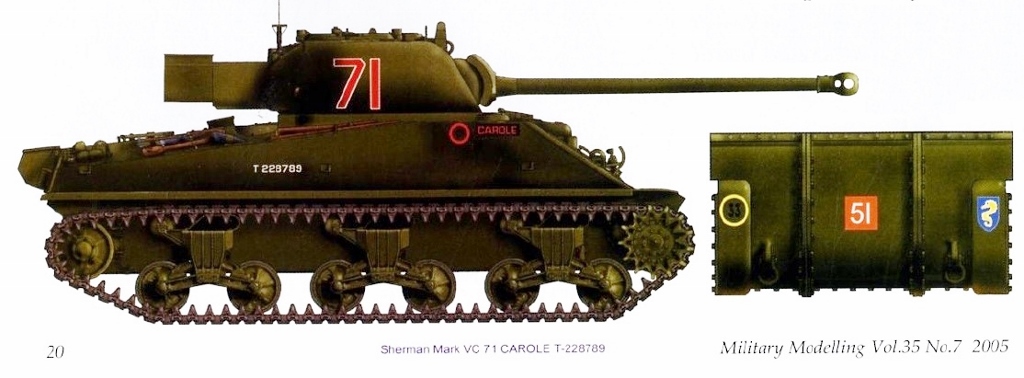
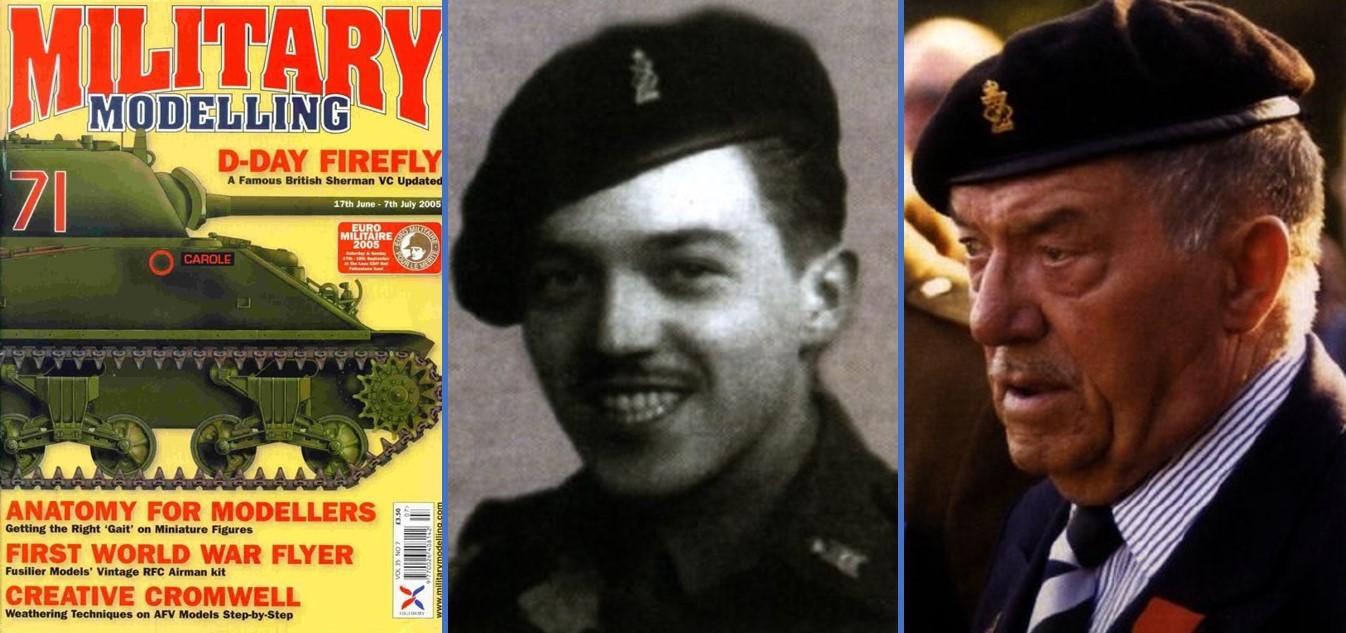
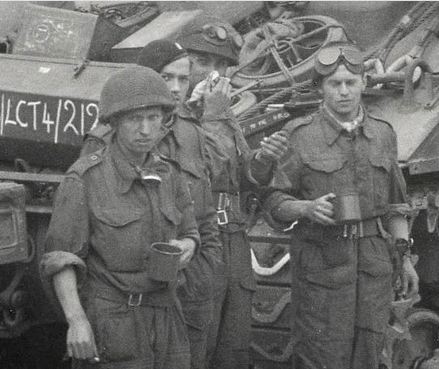
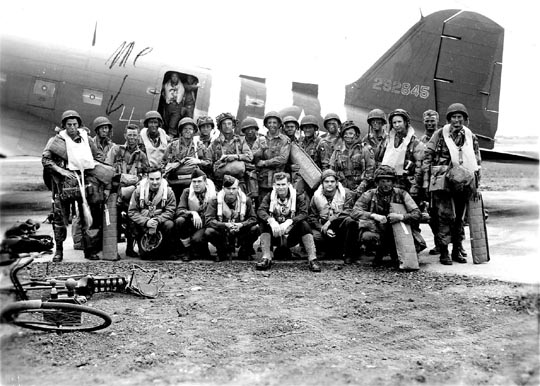
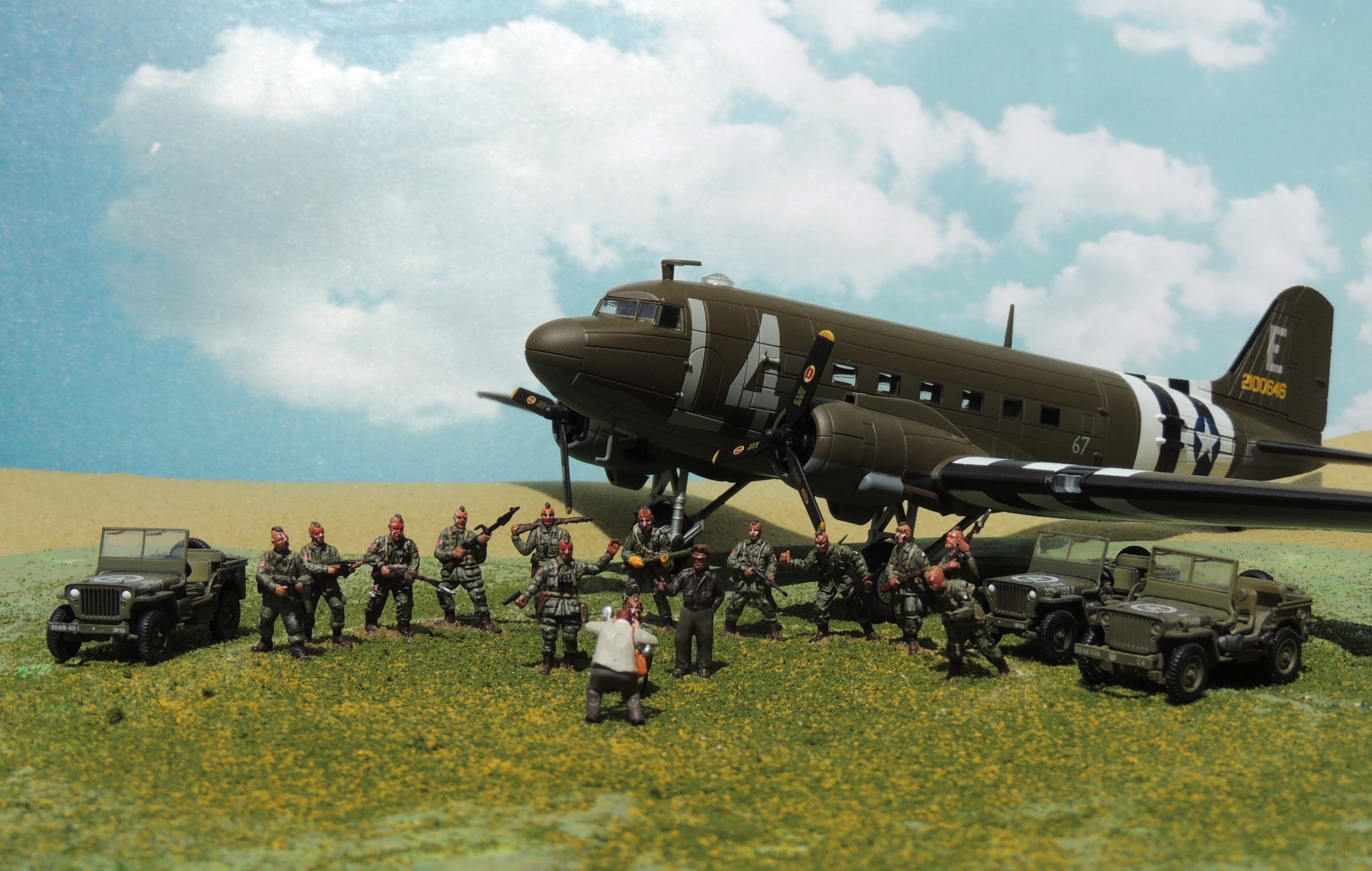

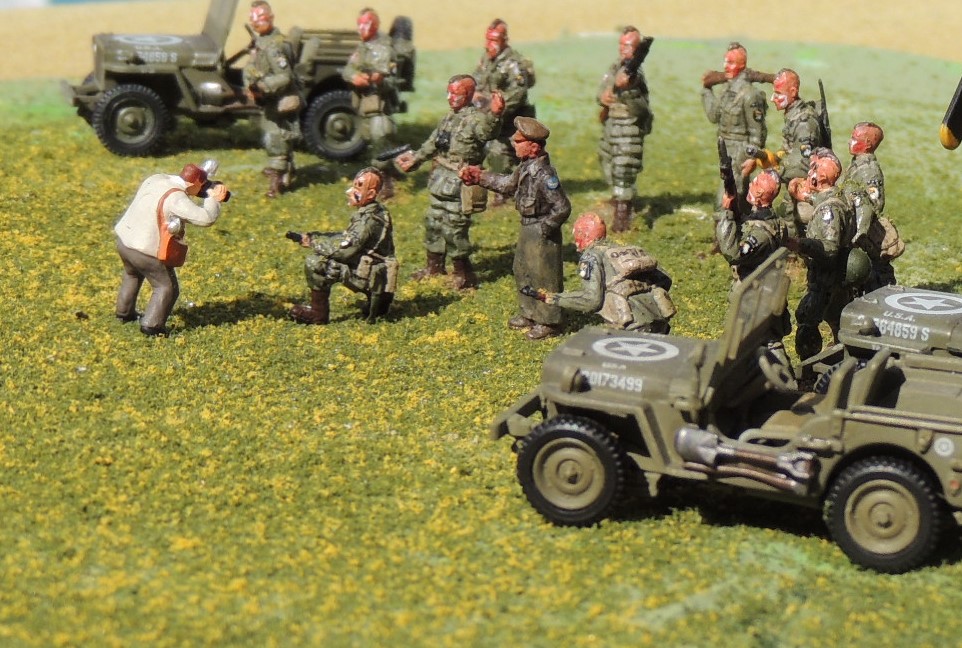
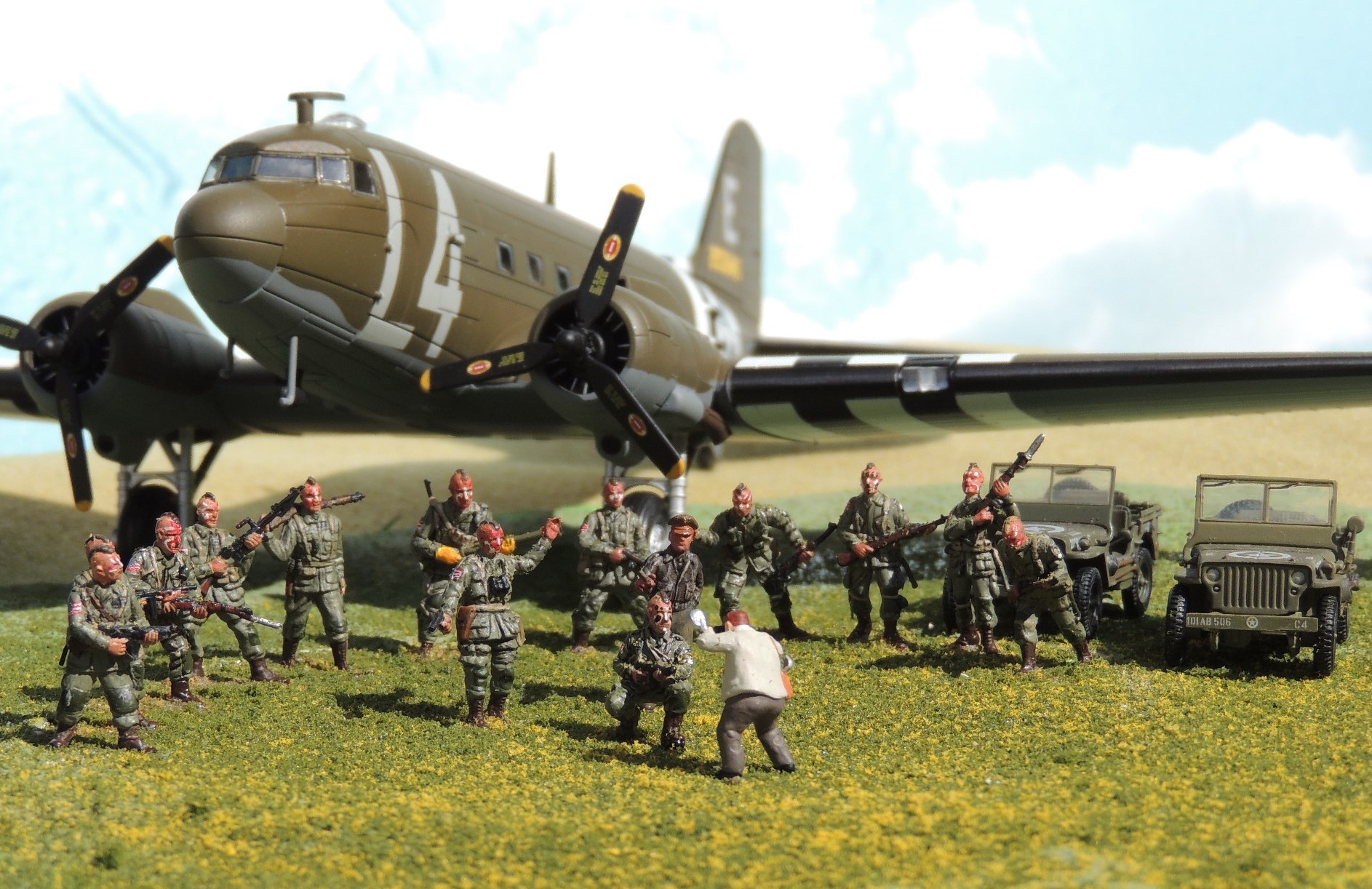
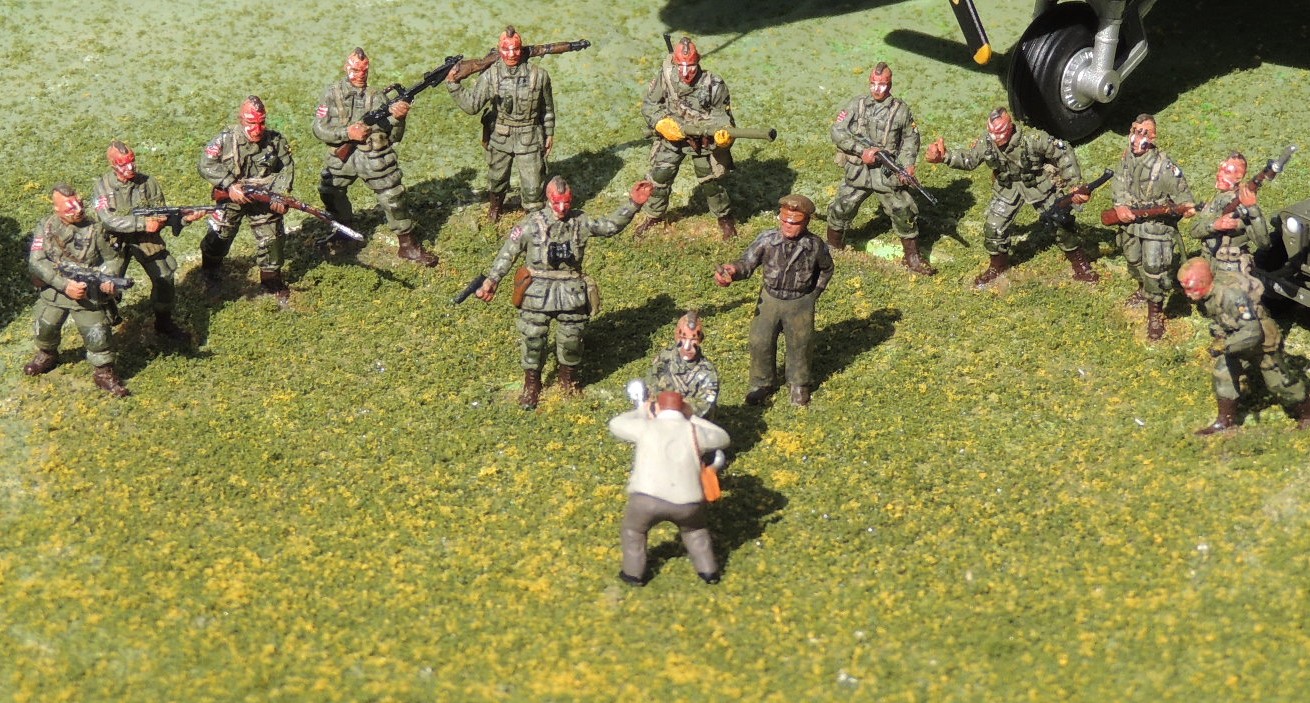


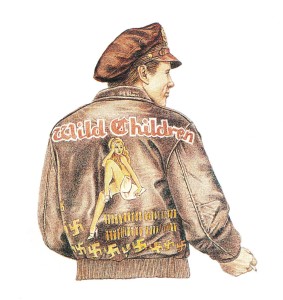
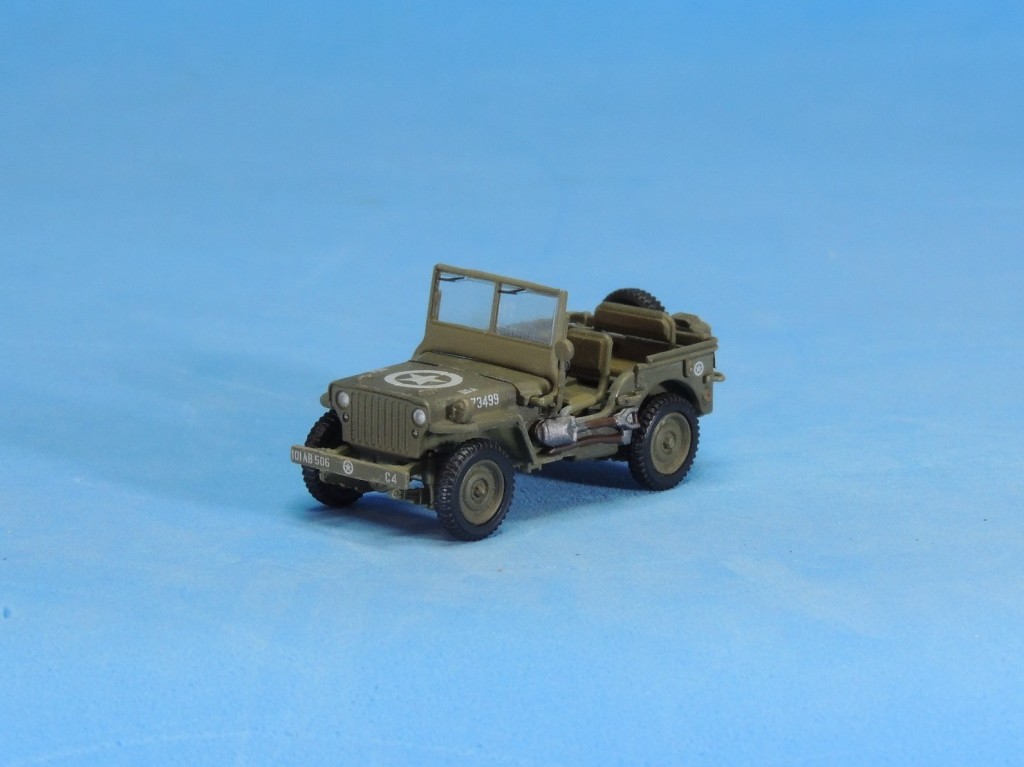
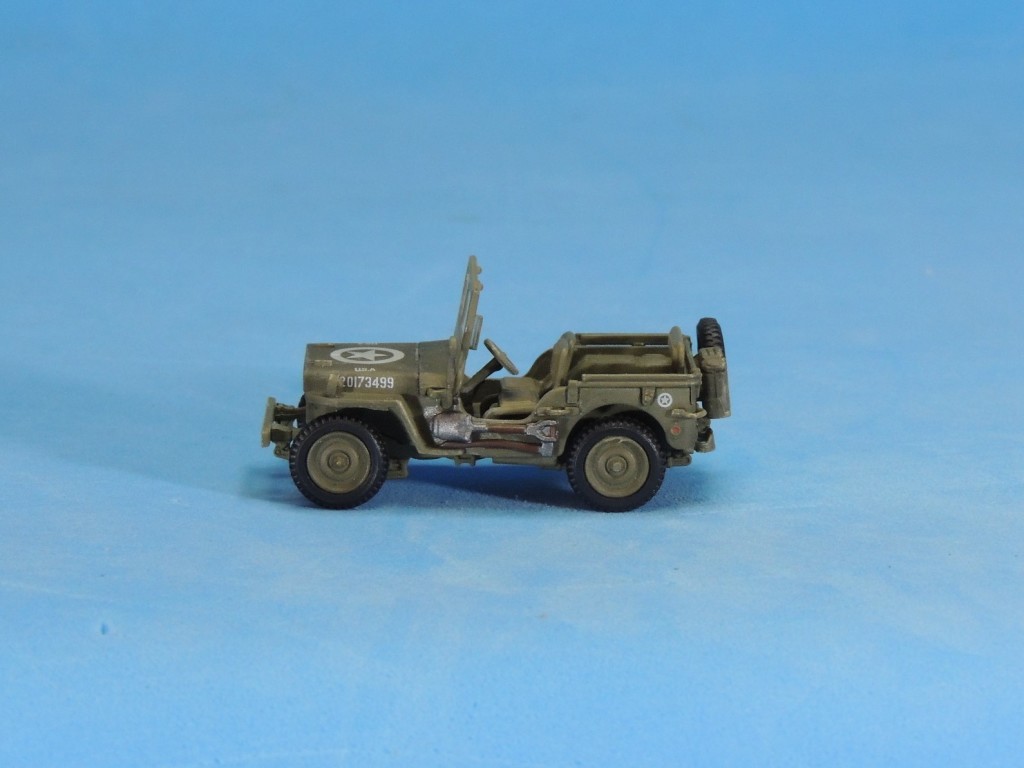
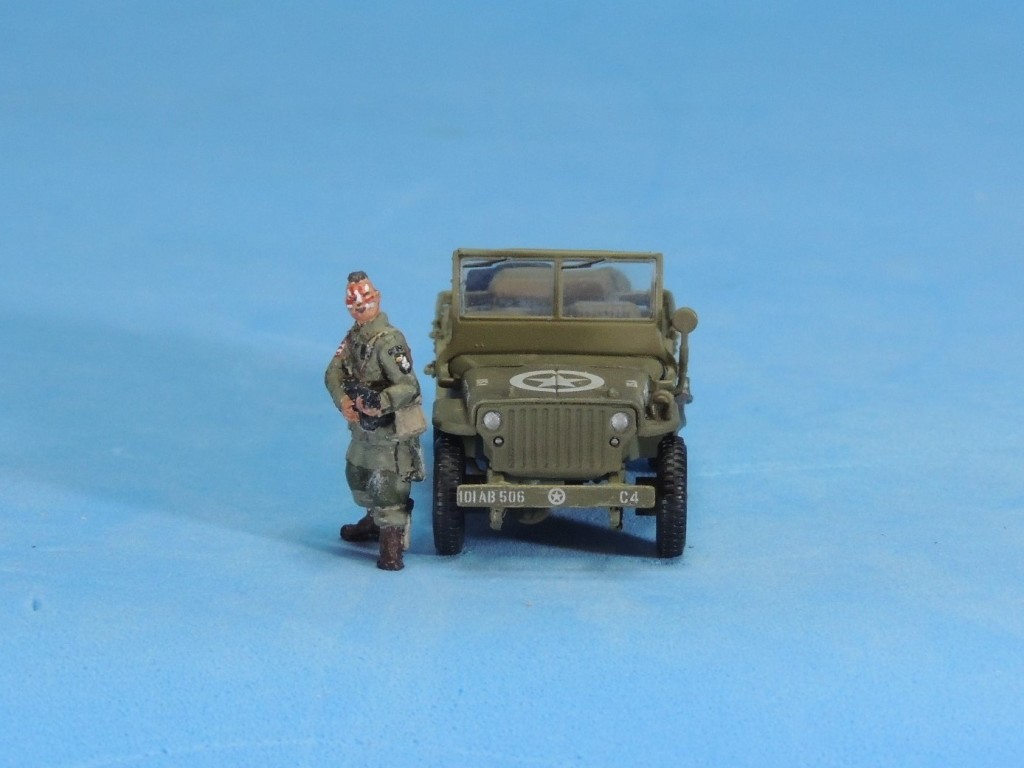
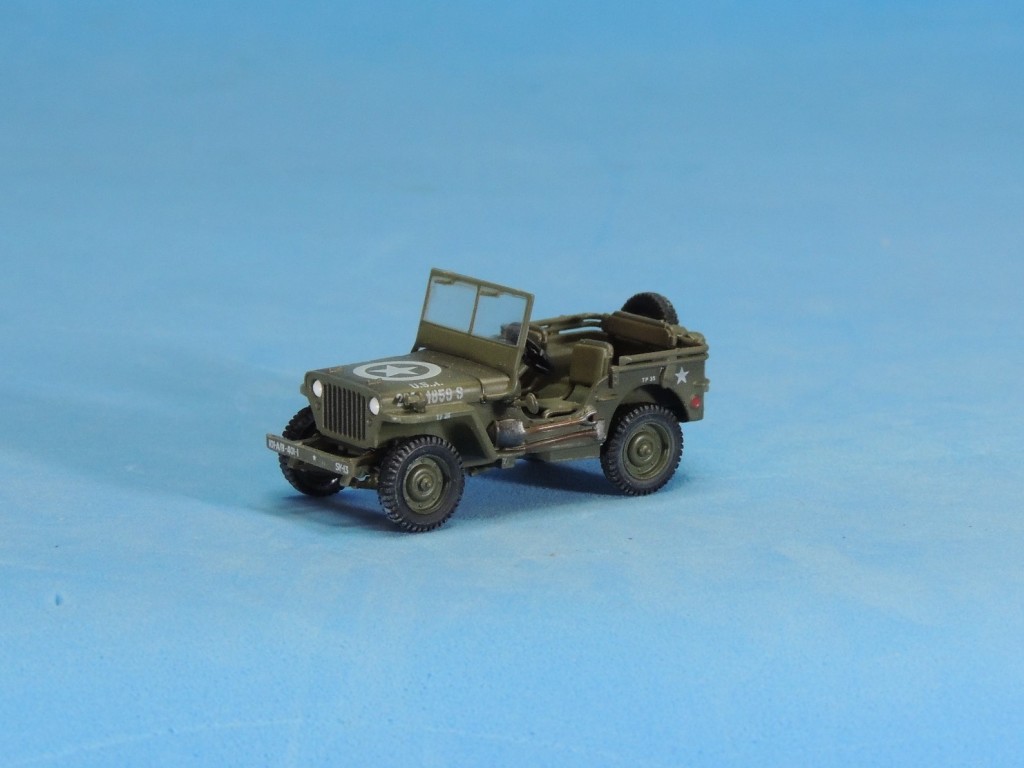
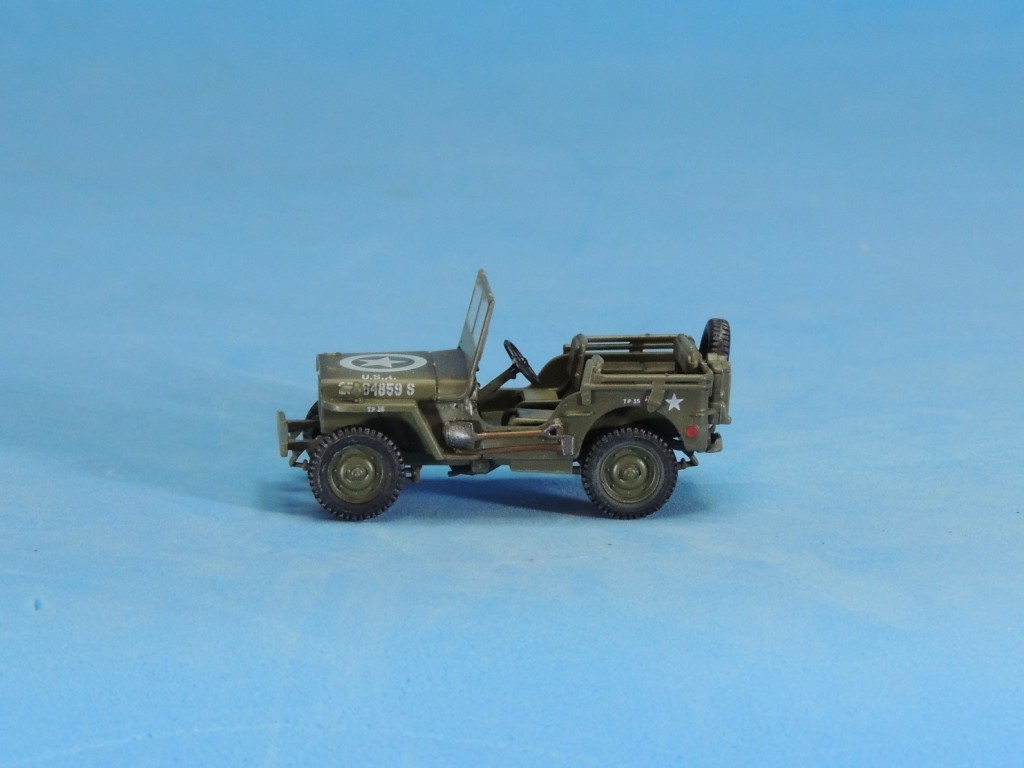
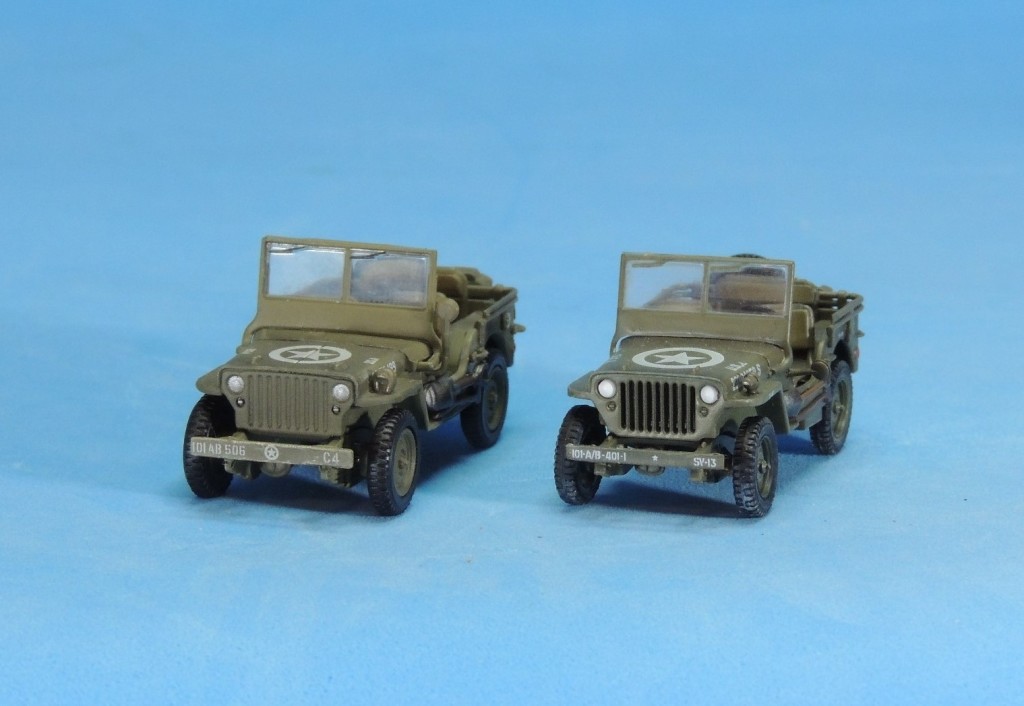
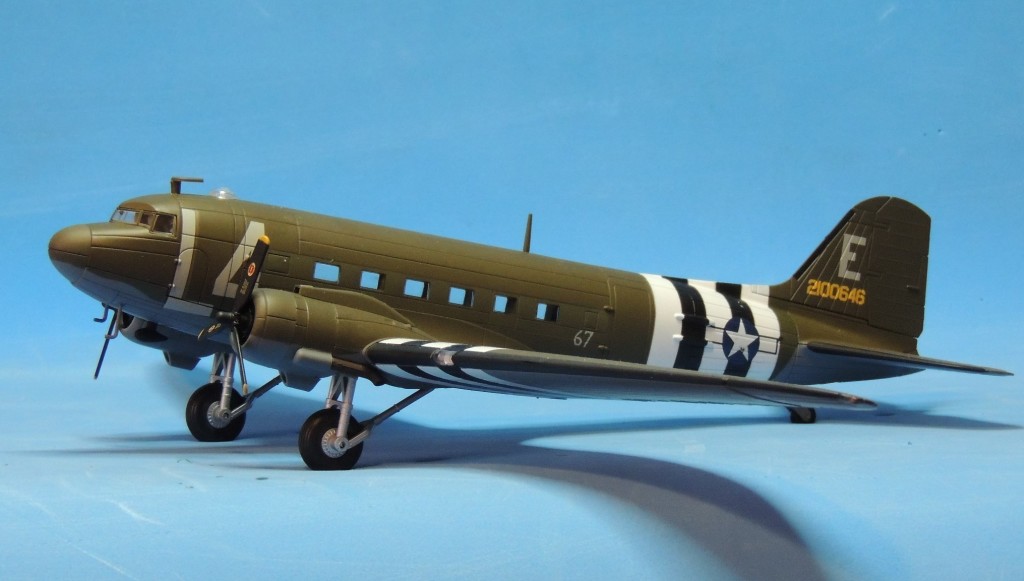
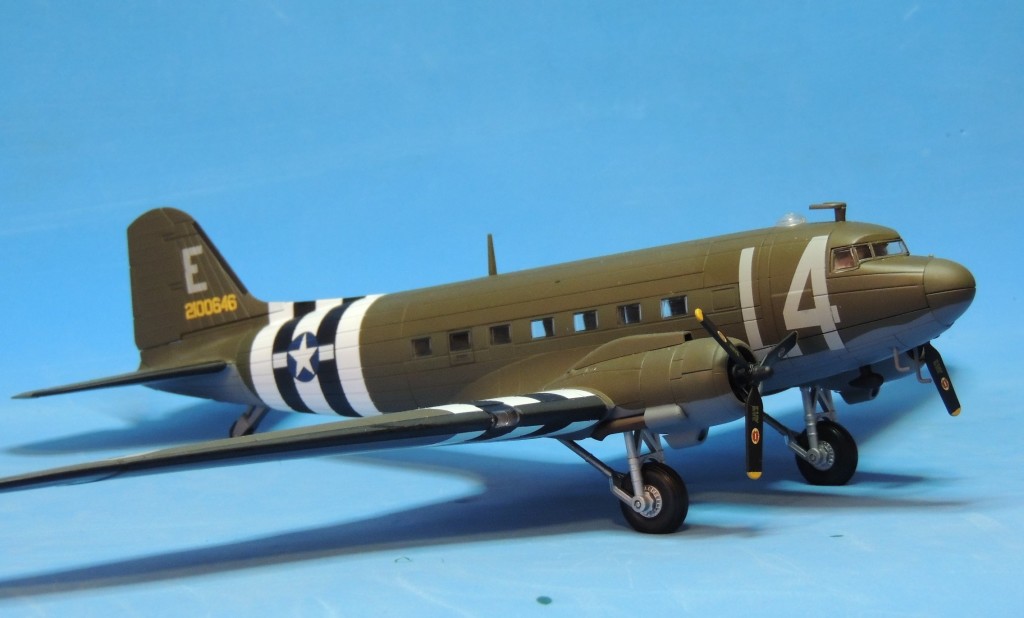
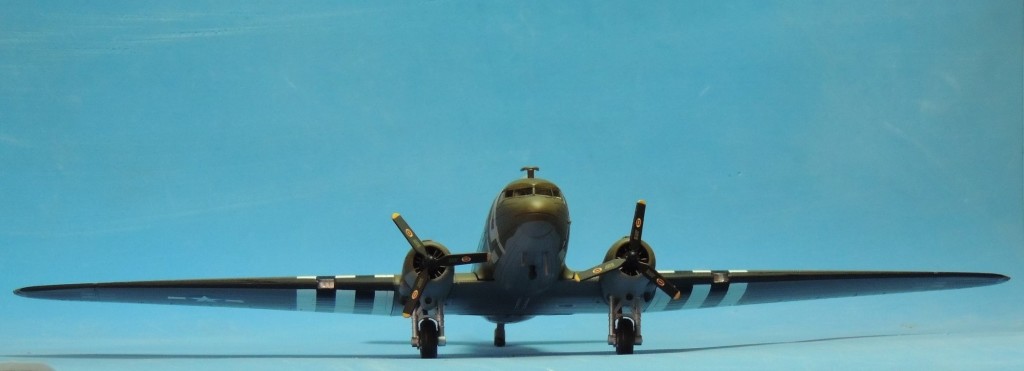
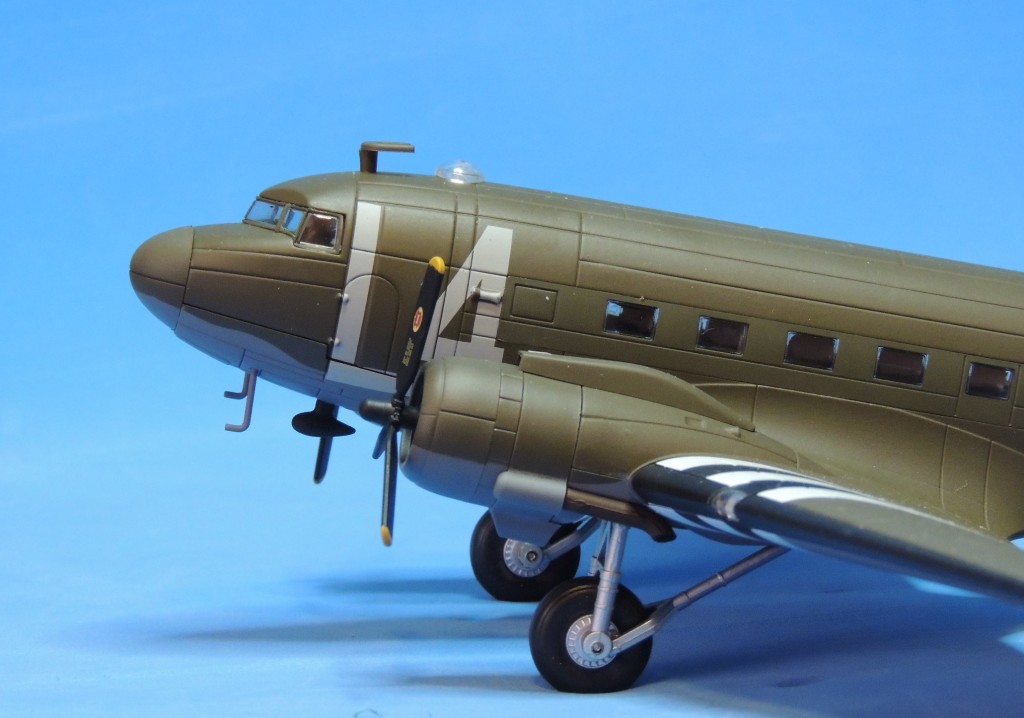
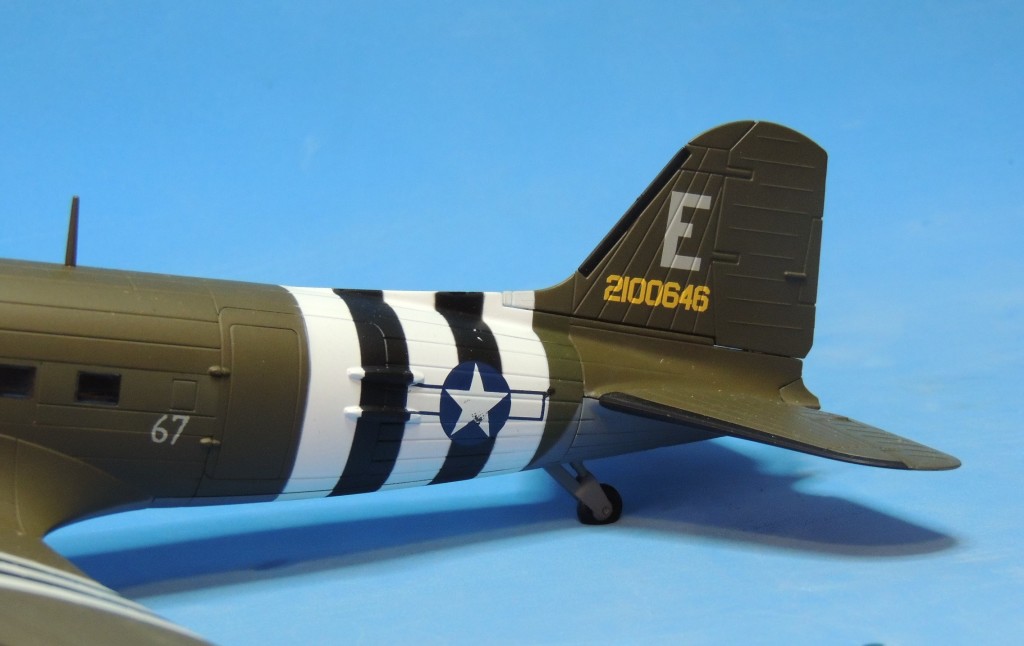
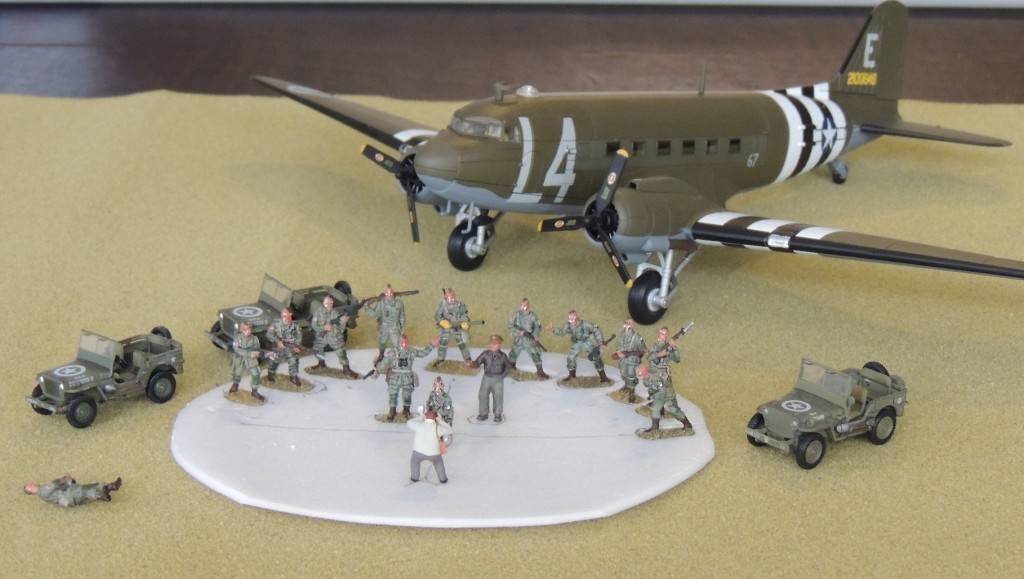
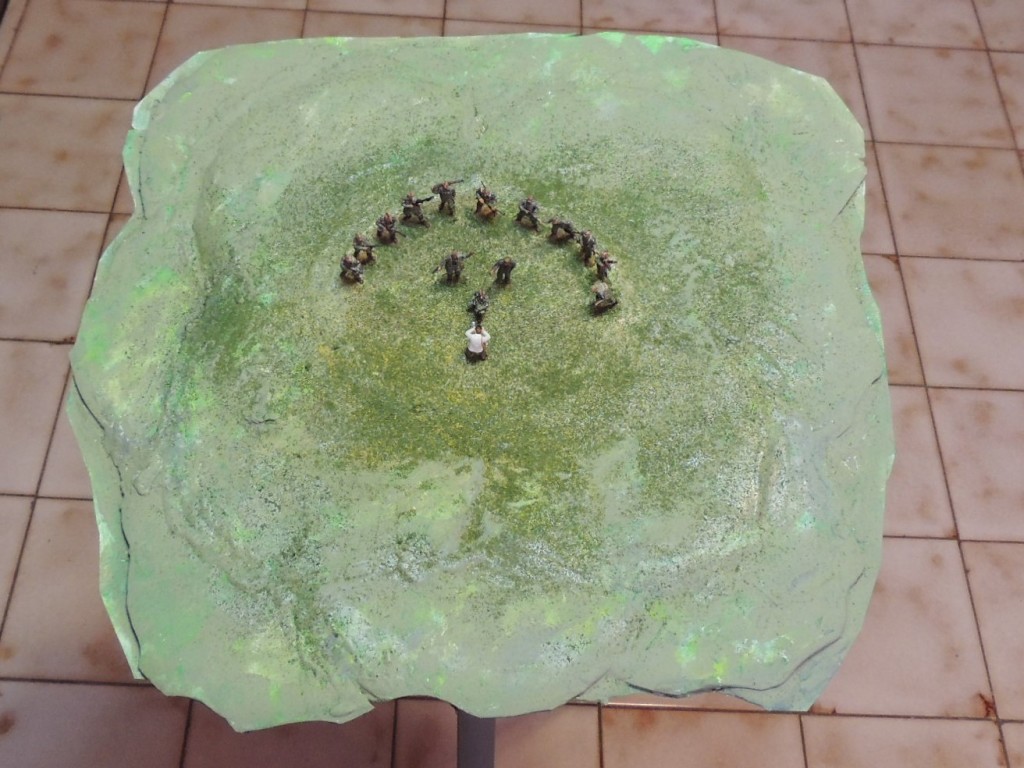
 Following a couple of hours of frustration attempting to salvage the photos by digitally cutting out the background, I decided to photograph the scene again. I was fairly certain that when I glued the silk poster to the cardboard backing I had achieved a good bond and there had been no warping. Still, I carefully unglued the poster and reglued it, using Elmer’s spray adhesive.
Following a couple of hours of frustration attempting to salvage the photos by digitally cutting out the background, I decided to photograph the scene again. I was fairly certain that when I glued the silk poster to the cardboard backing I had achieved a good bond and there had been no warping. Still, I carefully unglued the poster and reglued it, using Elmer’s spray adhesive.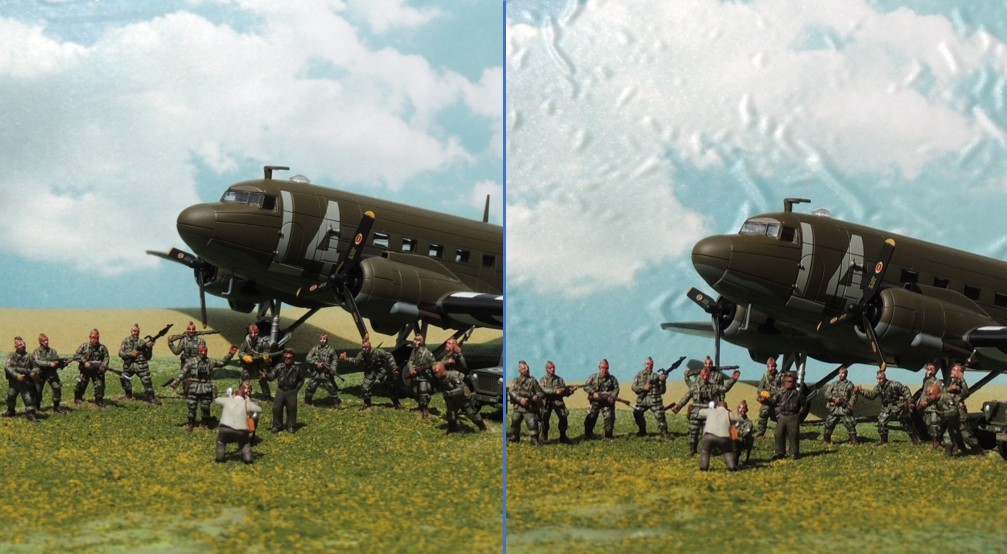
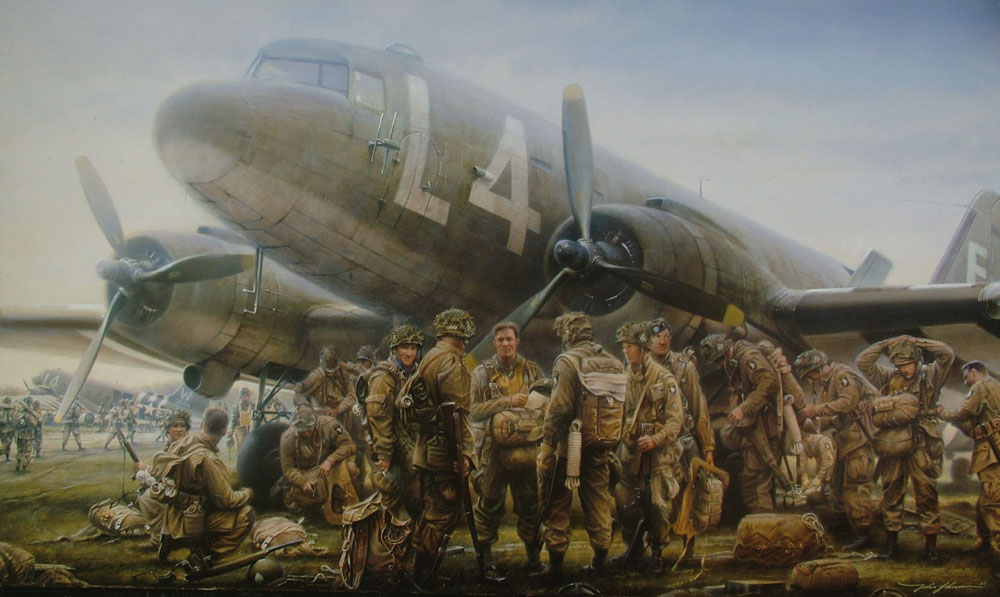 I hope you enjoyed this simple diorama and the Filthy Thirteen series of posts. Again, if something looks amiss, please let me know. I would be delighted to correct inaccurate information so that this may be useful for other 1/72 scale collectors and wargamers. As always, comments, questions, corrections, and observations are welcome.
I hope you enjoyed this simple diorama and the Filthy Thirteen series of posts. Again, if something looks amiss, please let me know. I would be delighted to correct inaccurate information so that this may be useful for other 1/72 scale collectors and wargamers. As always, comments, questions, corrections, and observations are welcome.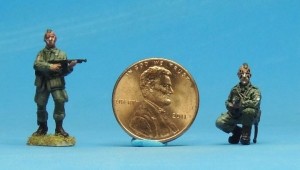
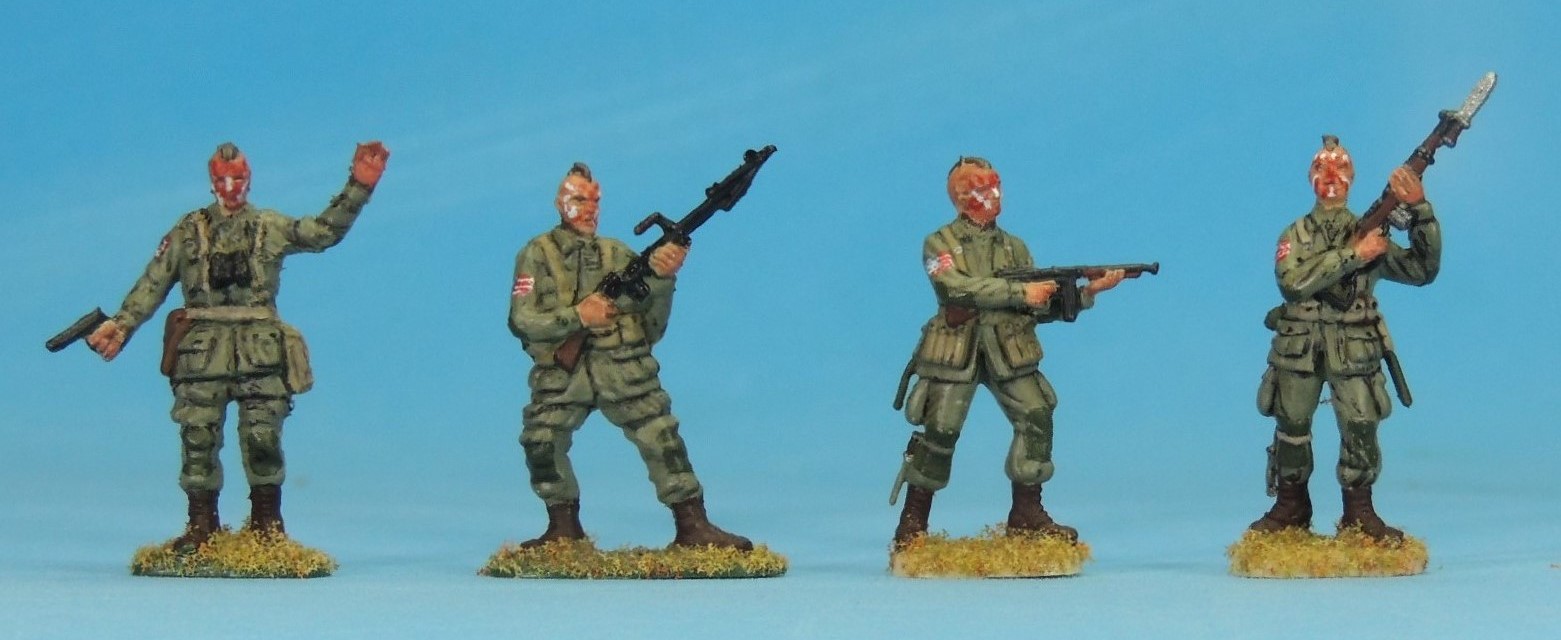
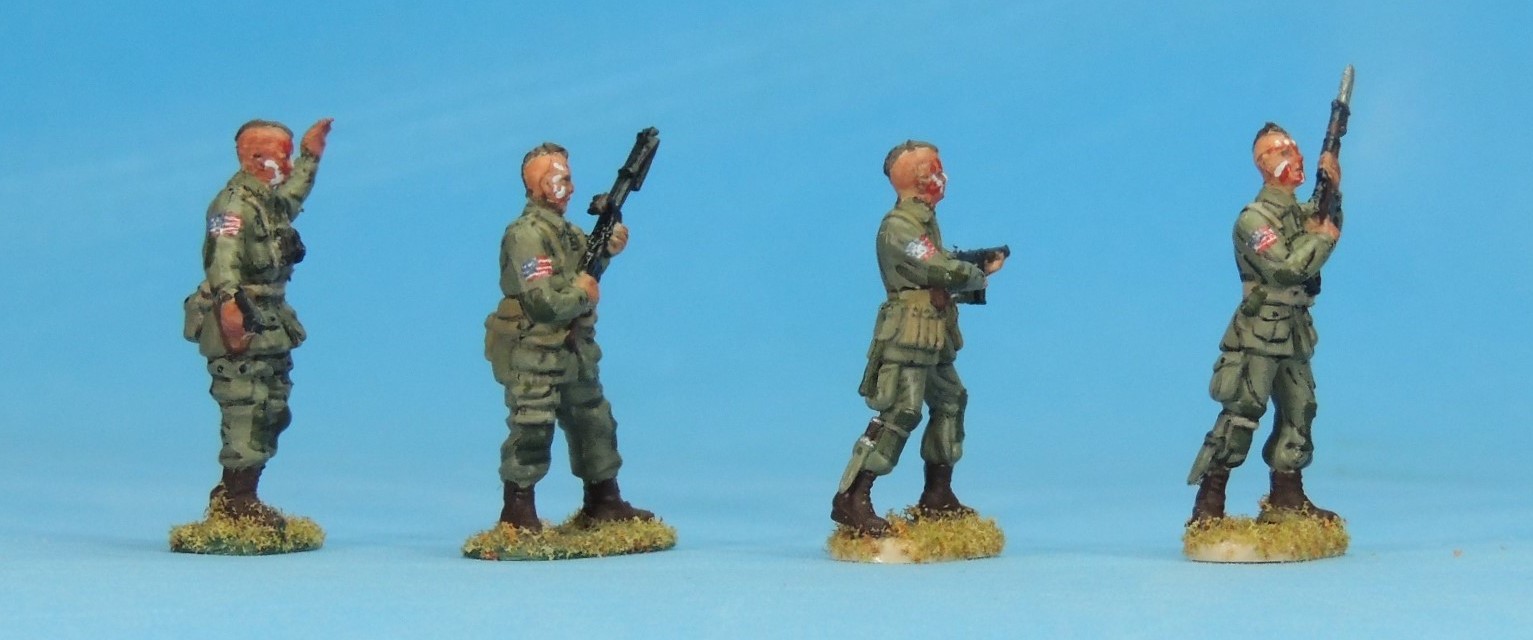
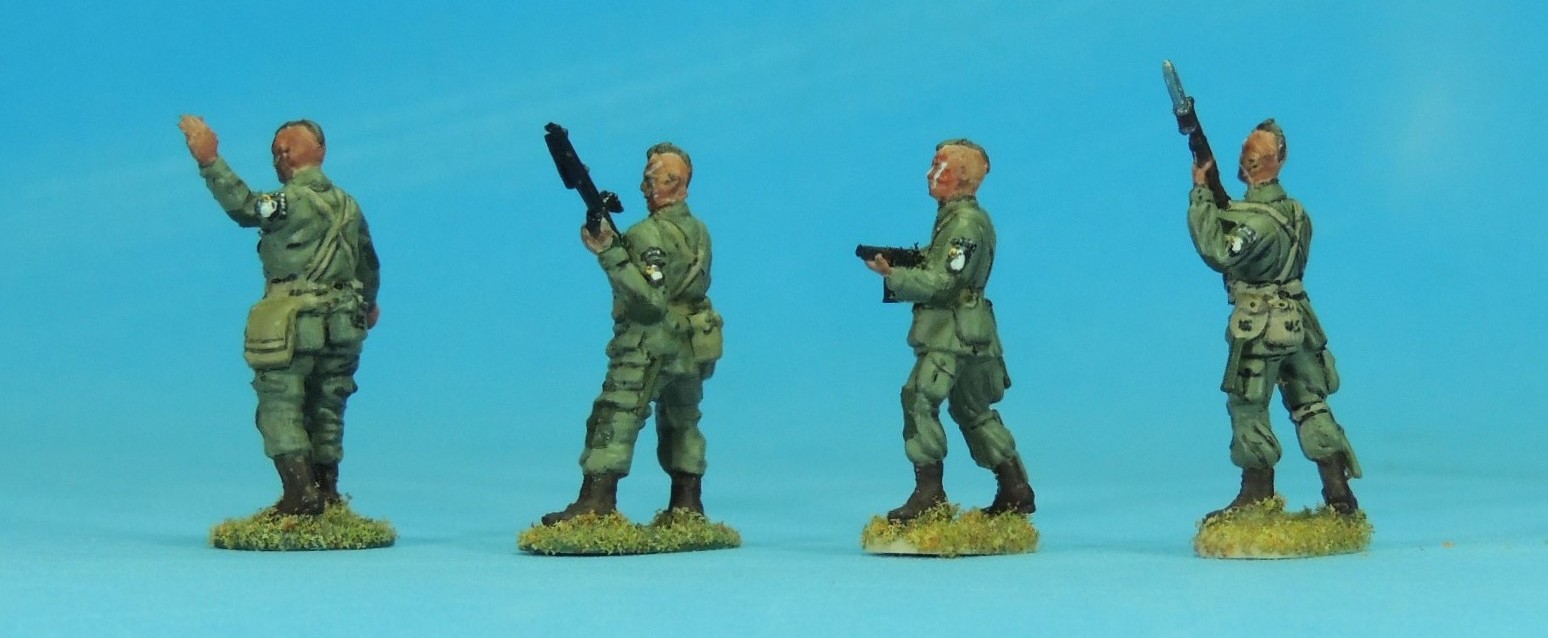
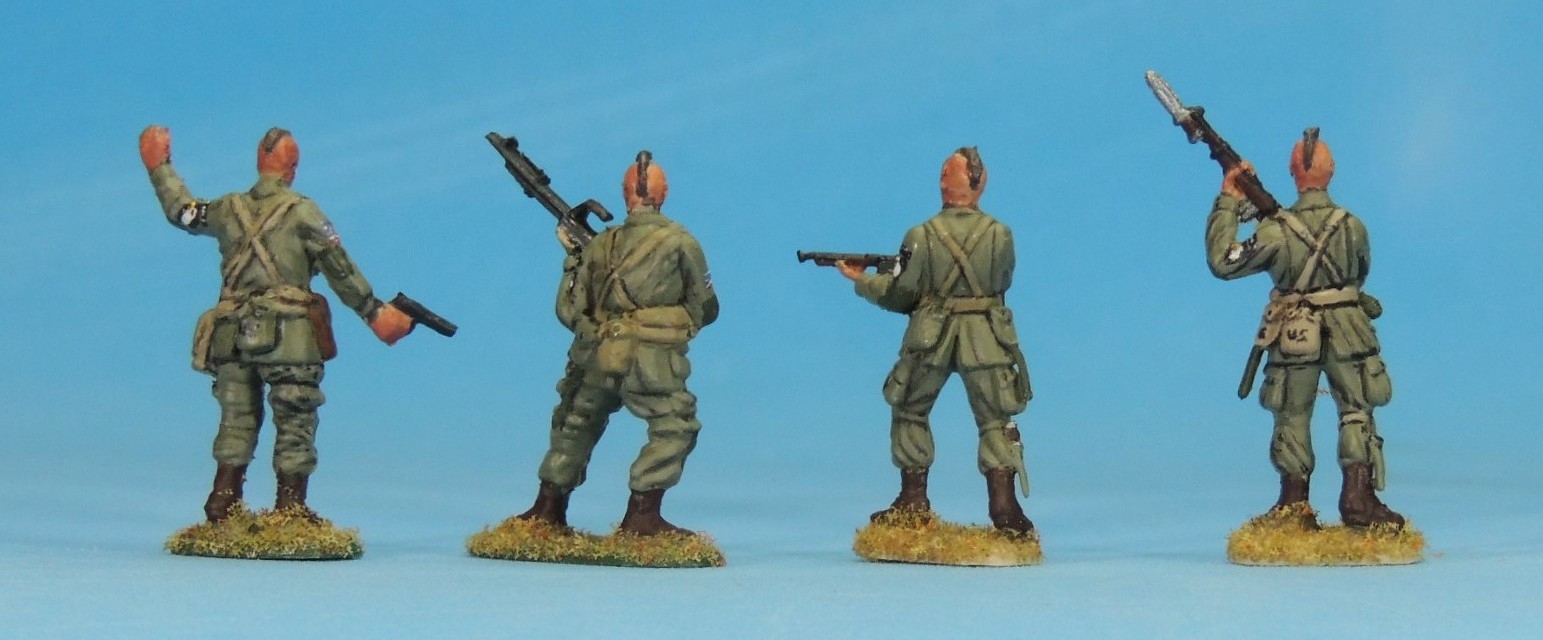
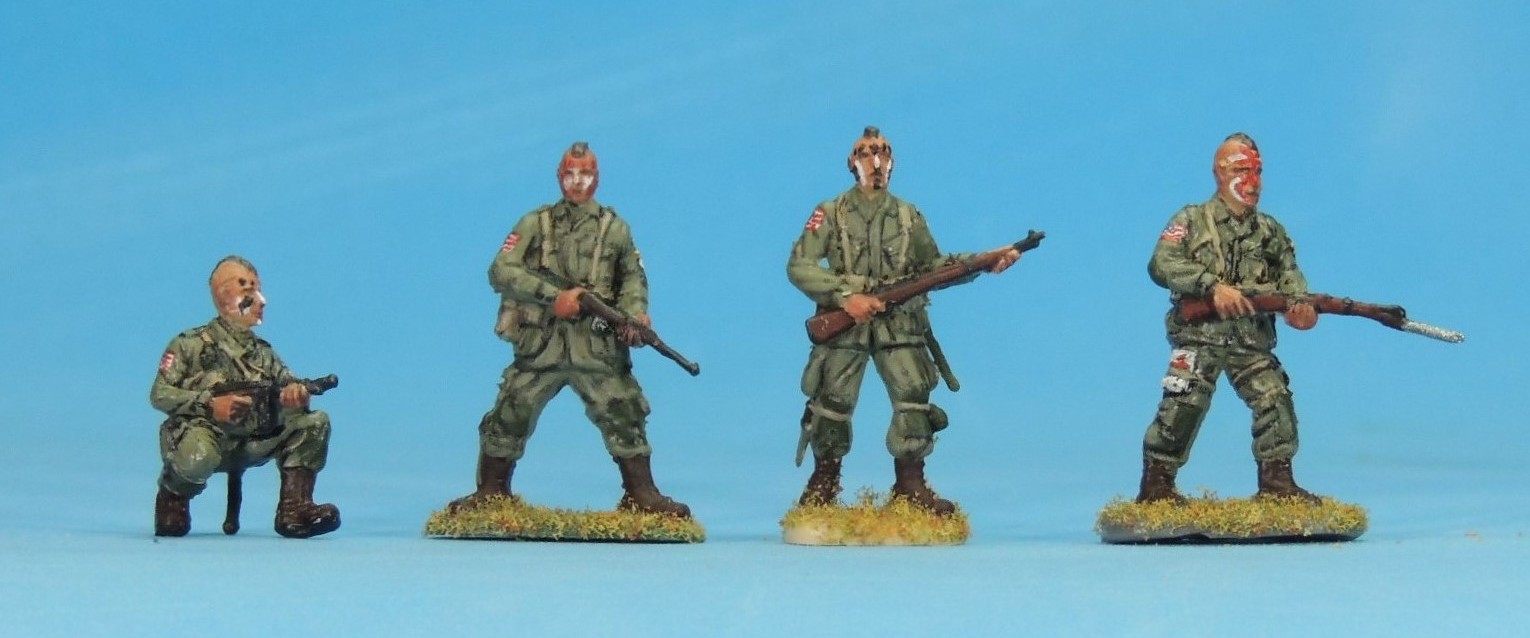
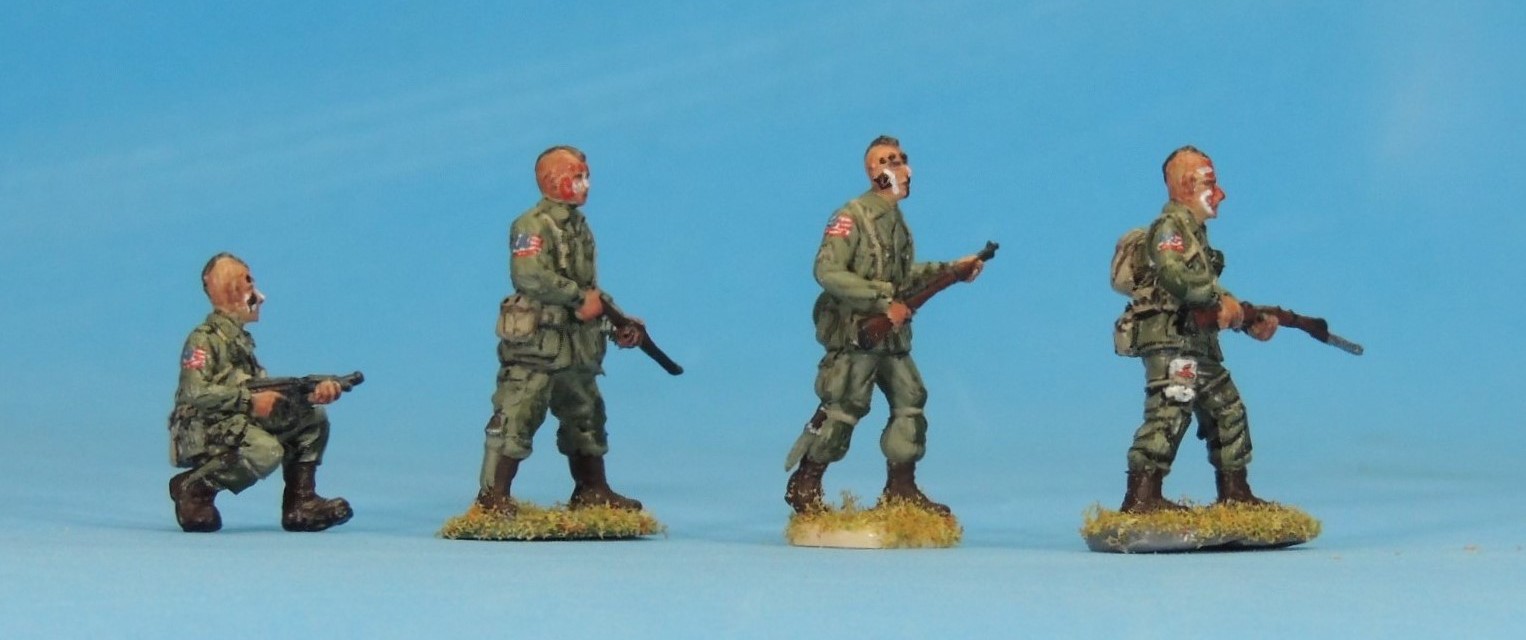
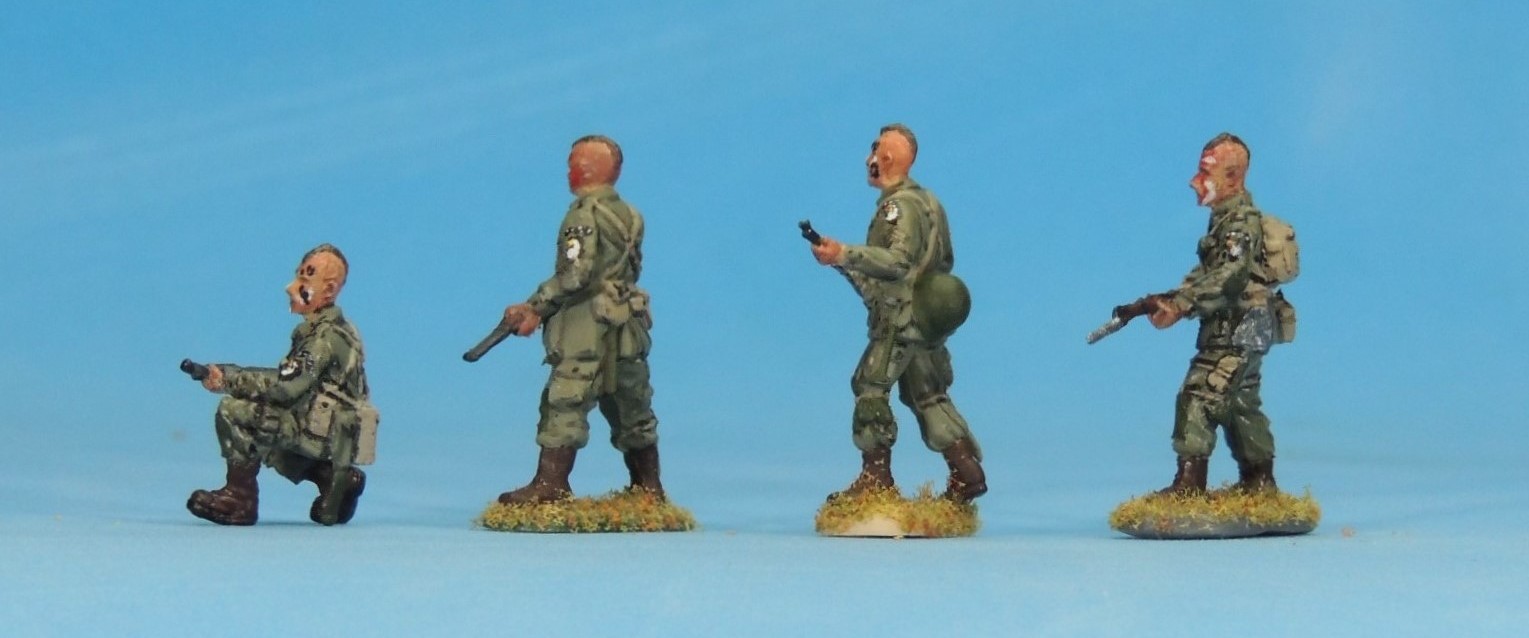
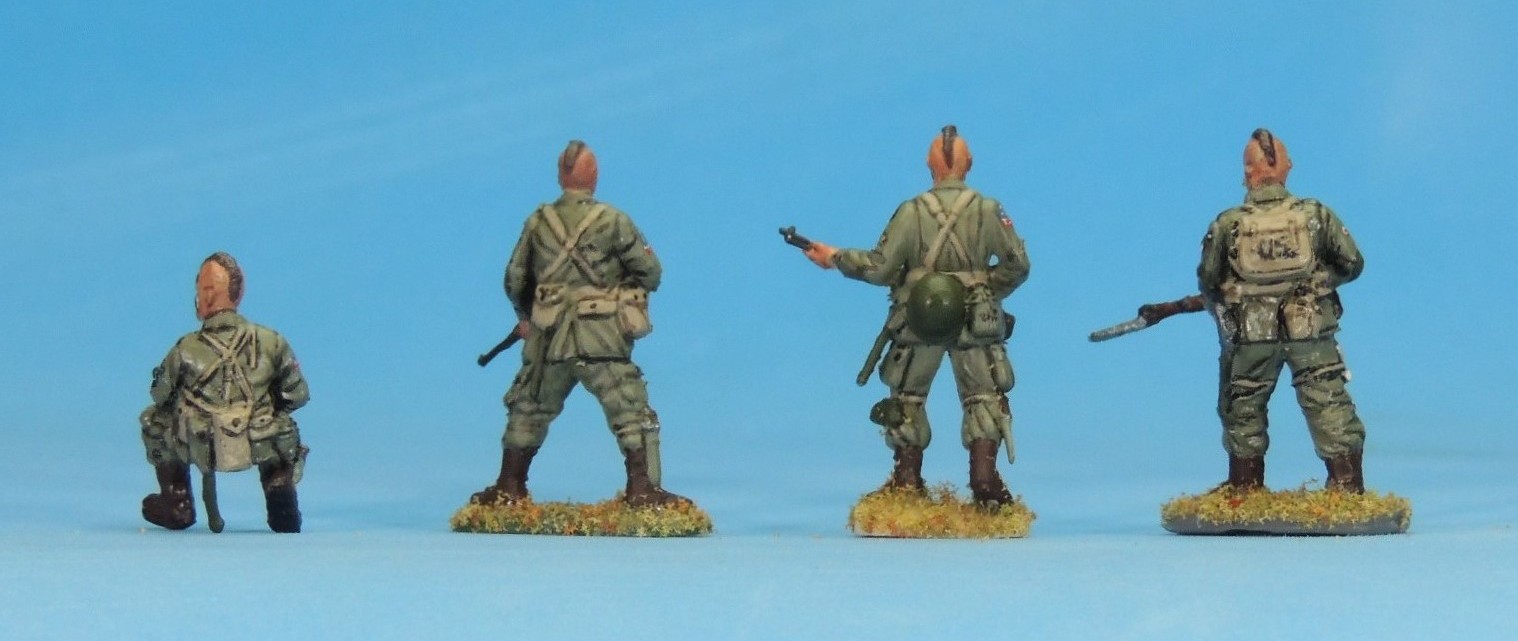

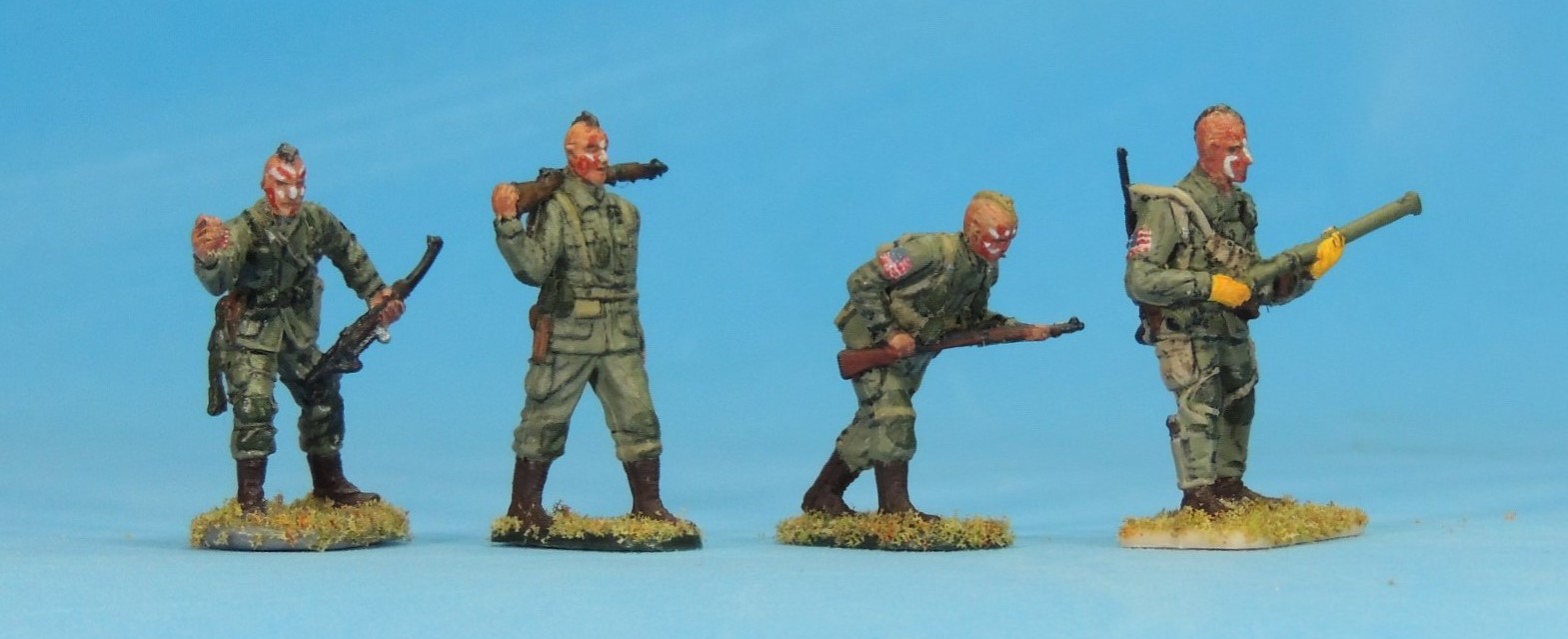

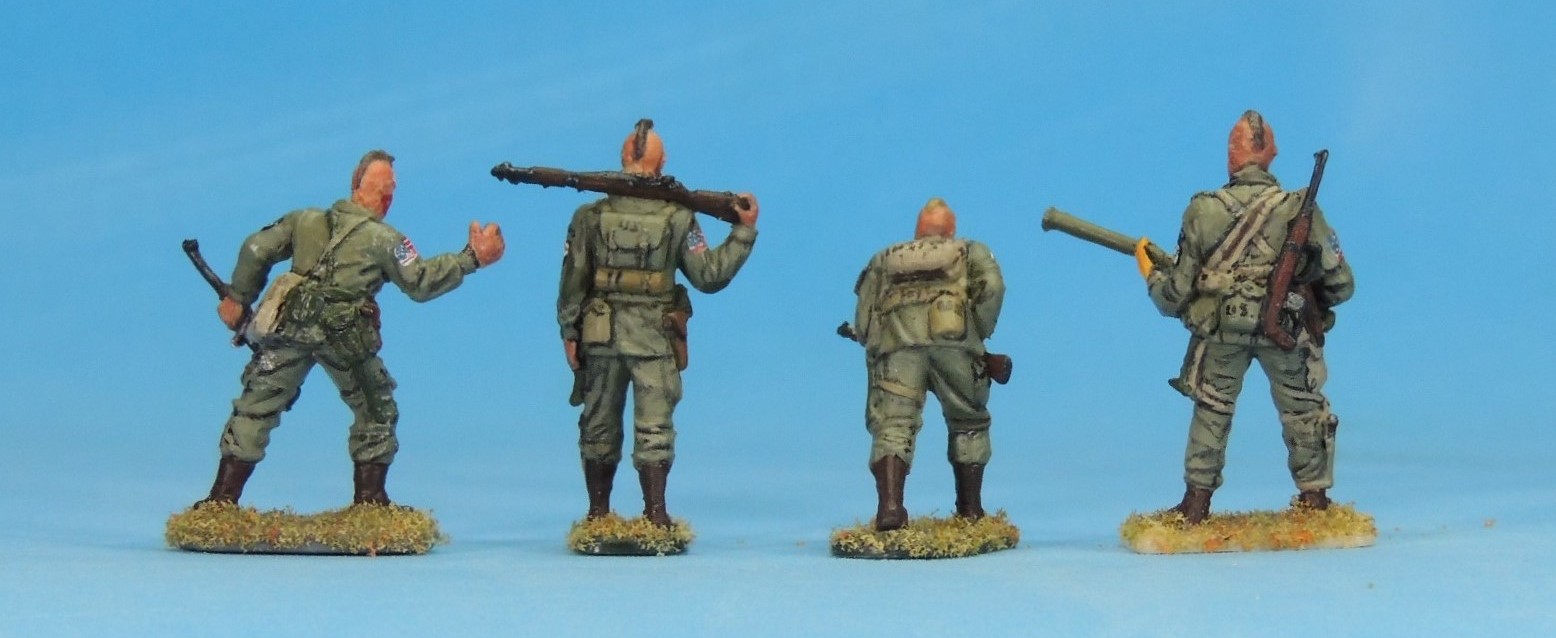
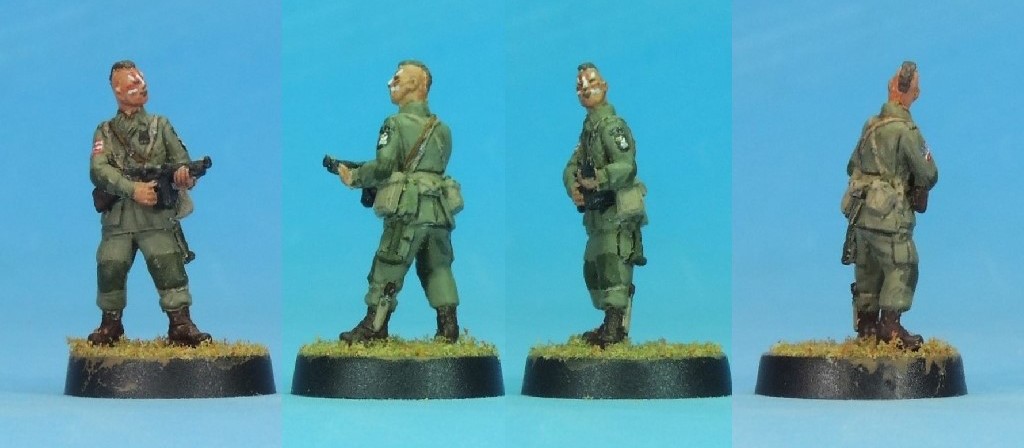
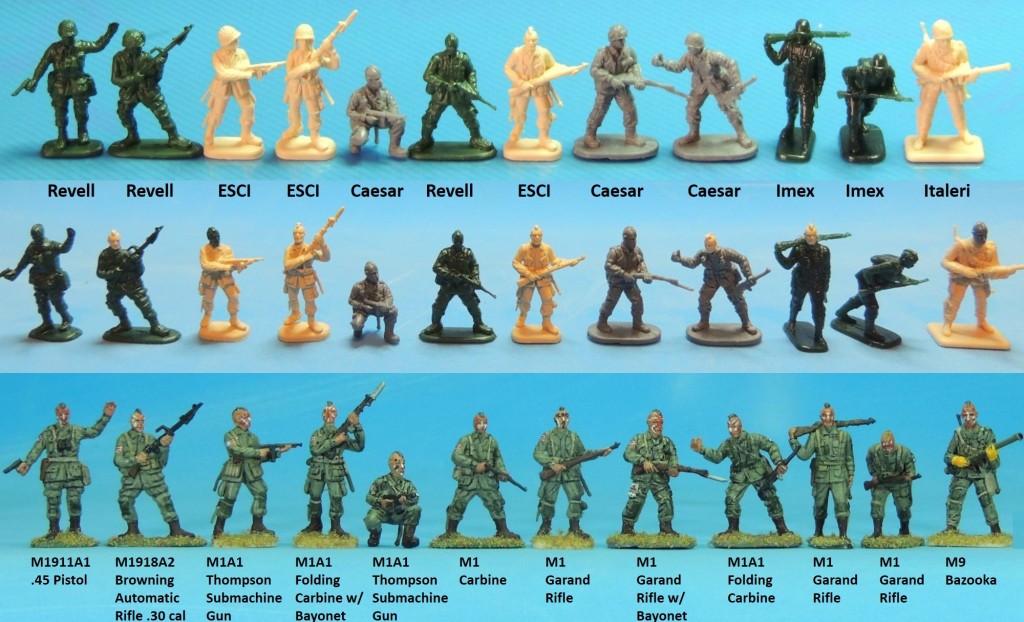

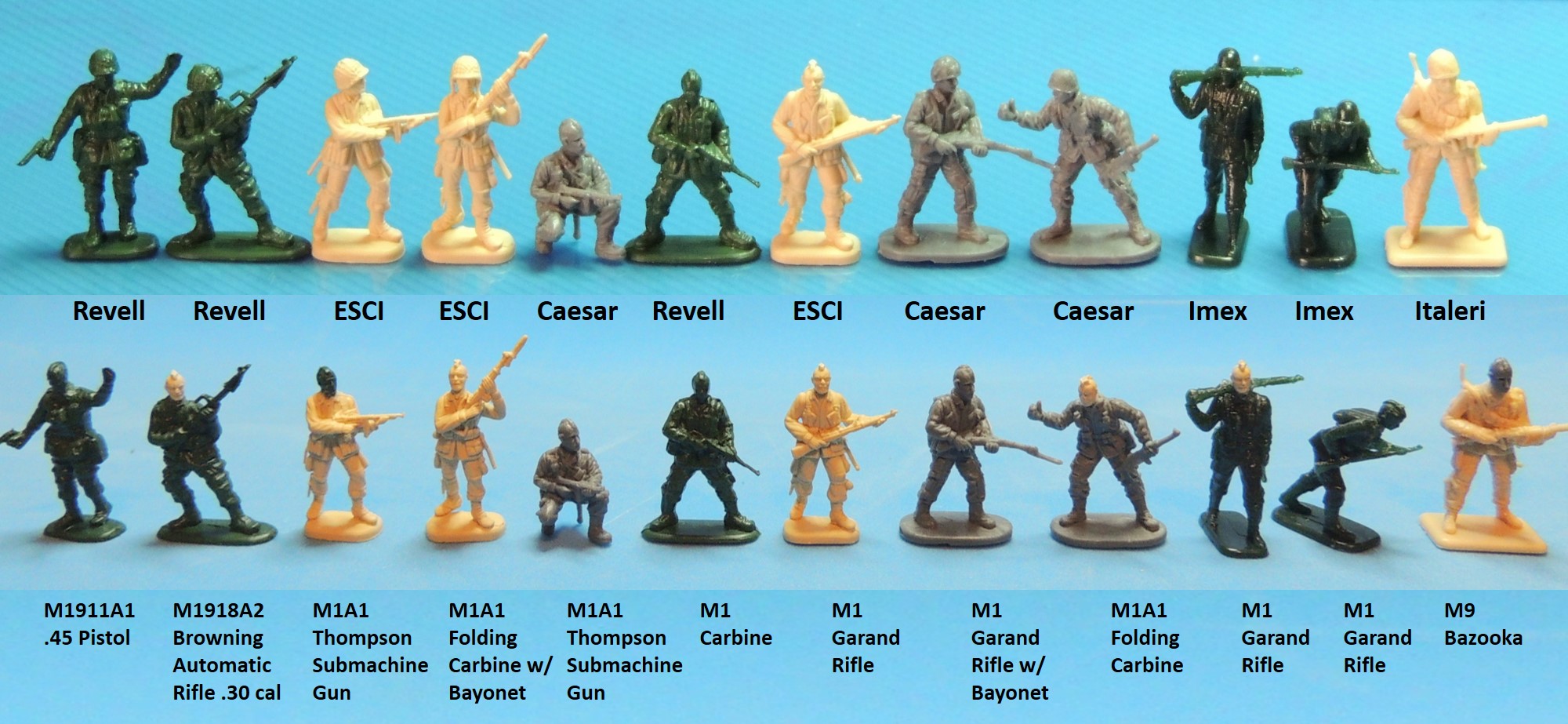
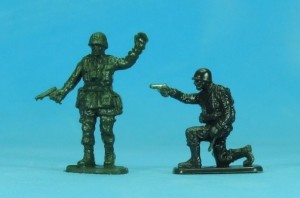
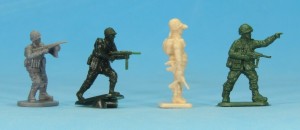
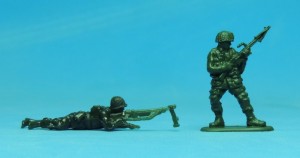
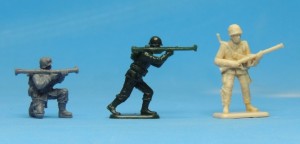

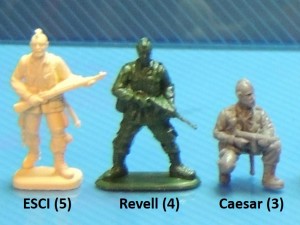 only exception, lacking sharpness in detail, though still not a bad effort. The ESCI, Revell, and Caesar sets each include one Pathfinder pose, fortunately with 5, 4, and 3 samples in each set, respectively. See photo inset at left. Thus, we have a total of 12 figures: three different ready-made figures and nine extra copies of those figures. To create 12 different figures with Mohawk haircuts, we take the heads of the nine extra copies and transplant them on the torsos of U.S. Airborne figures from the different sets.
only exception, lacking sharpness in detail, though still not a bad effort. The ESCI, Revell, and Caesar sets each include one Pathfinder pose, fortunately with 5, 4, and 3 samples in each set, respectively. See photo inset at left. Thus, we have a total of 12 figures: three different ready-made figures and nine extra copies of those figures. To create 12 different figures with Mohawk haircuts, we take the heads of the nine extra copies and transplant them on the torsos of U.S. Airborne figures from the different sets. 
